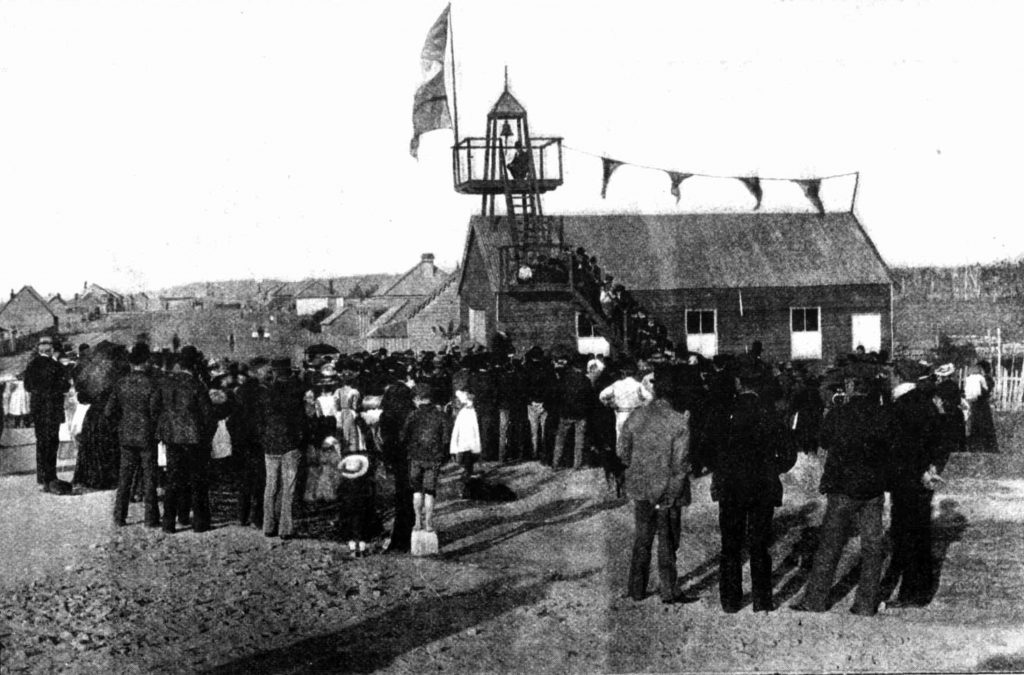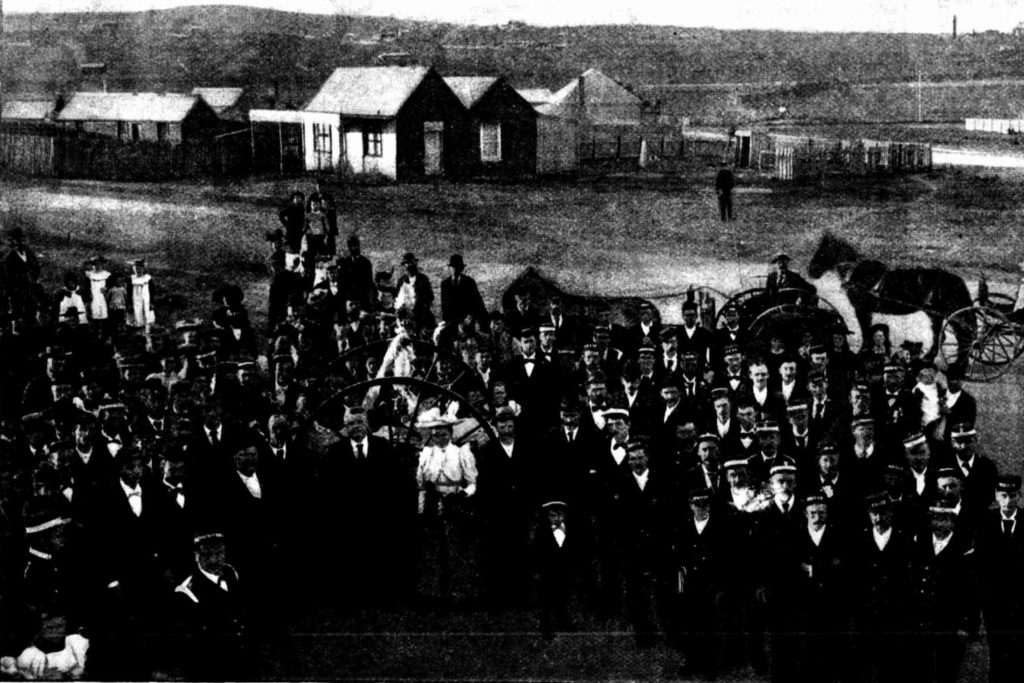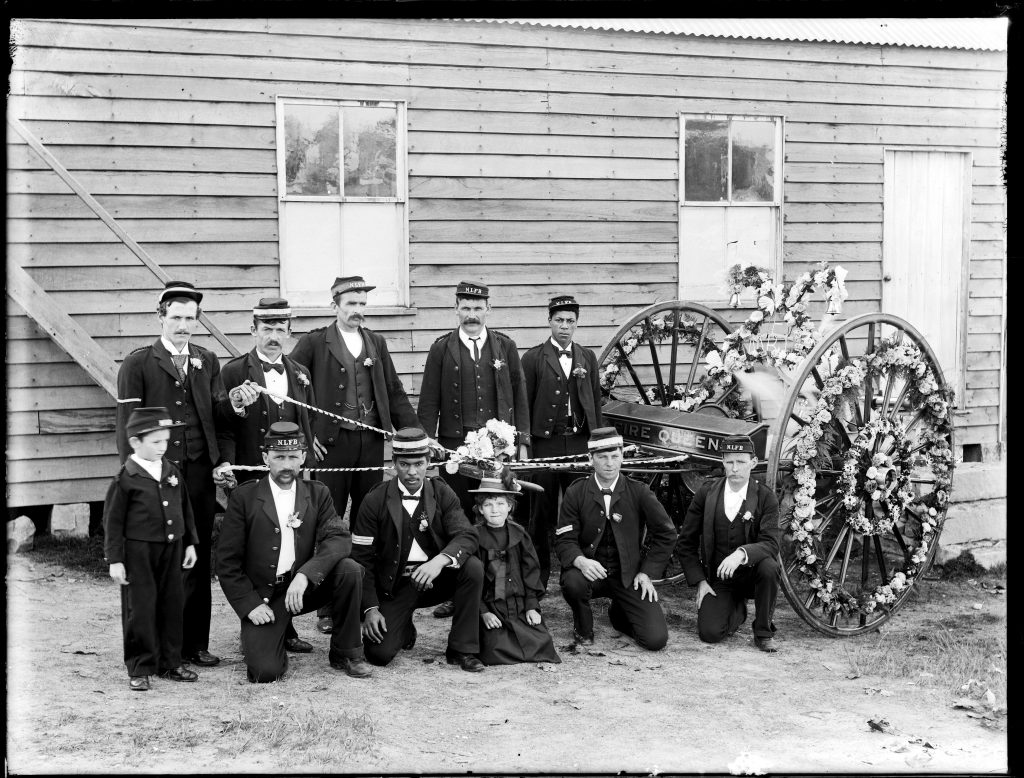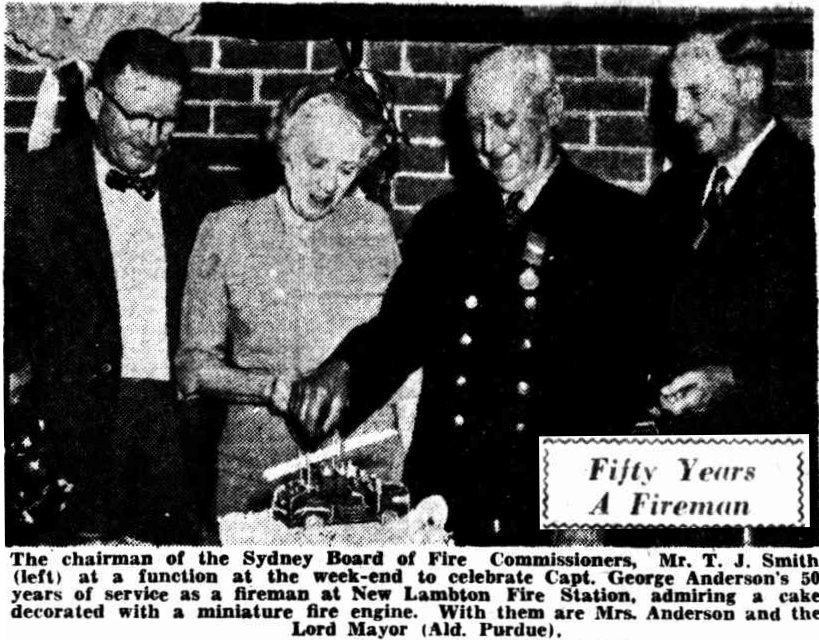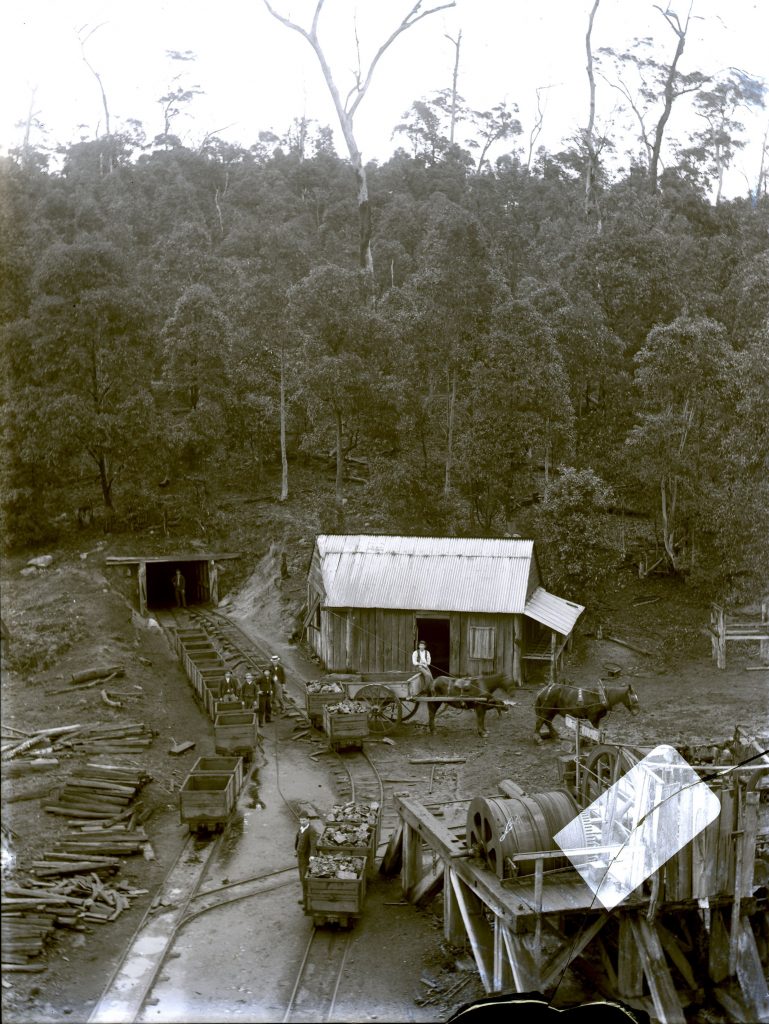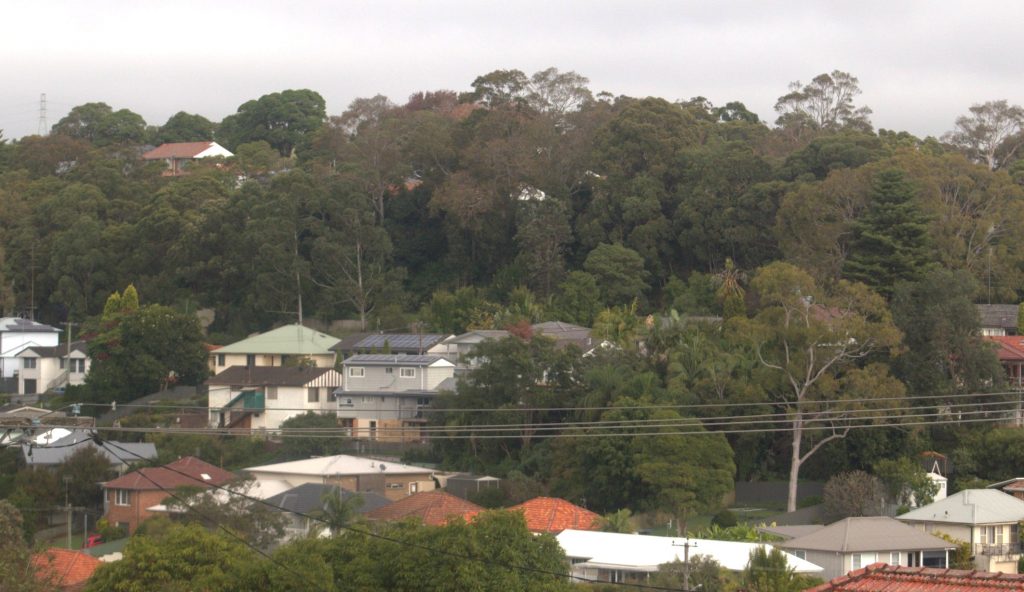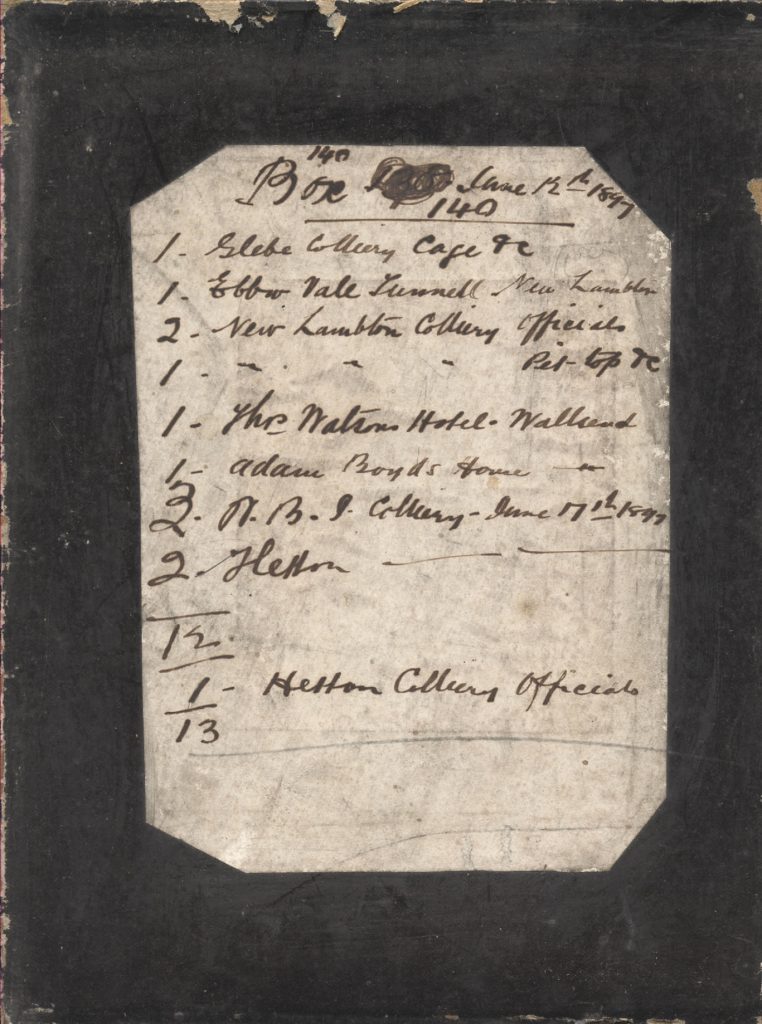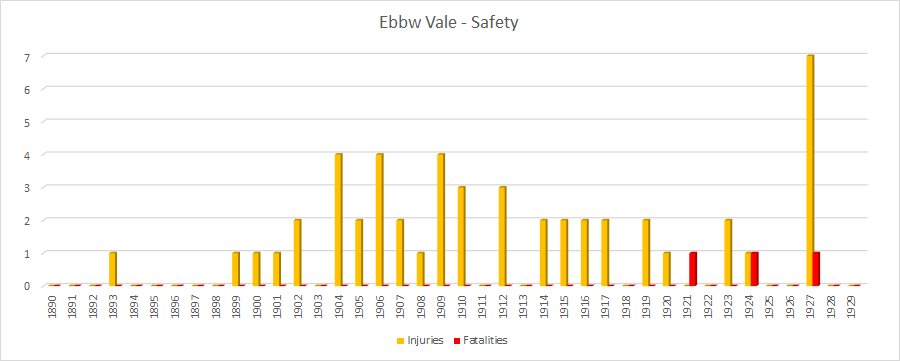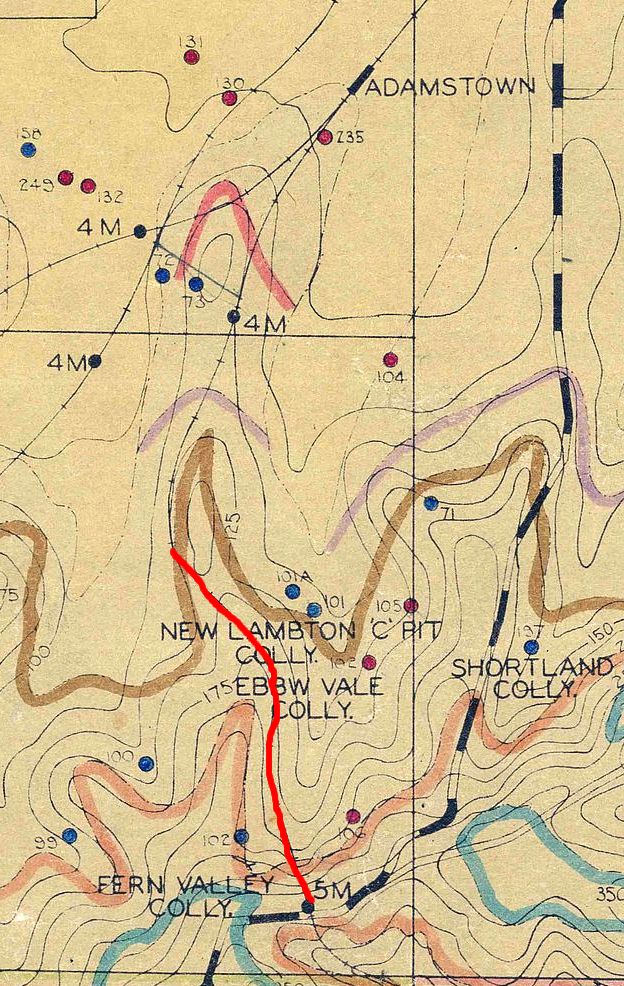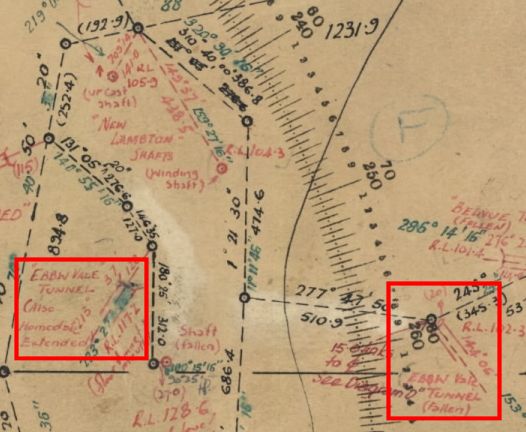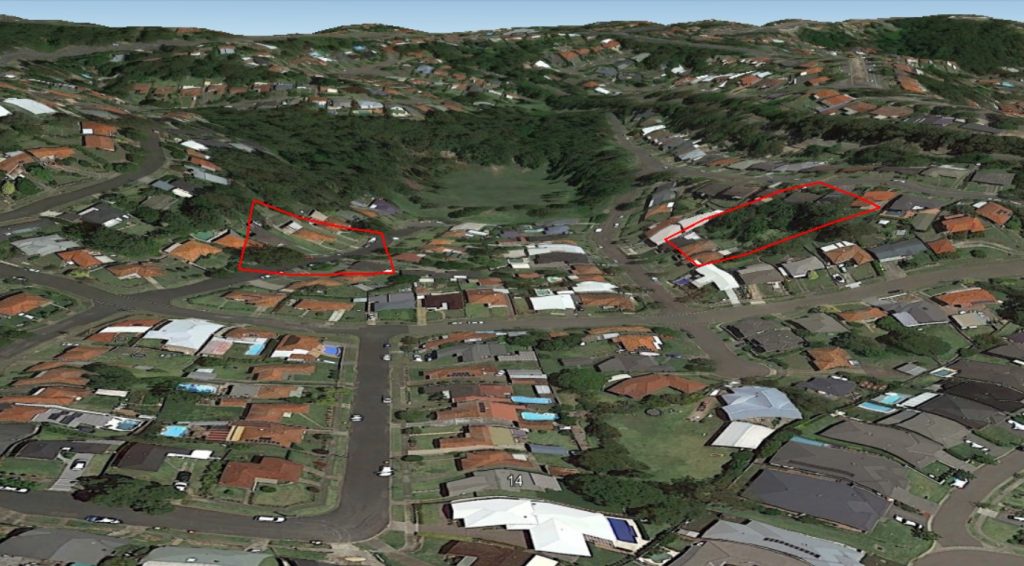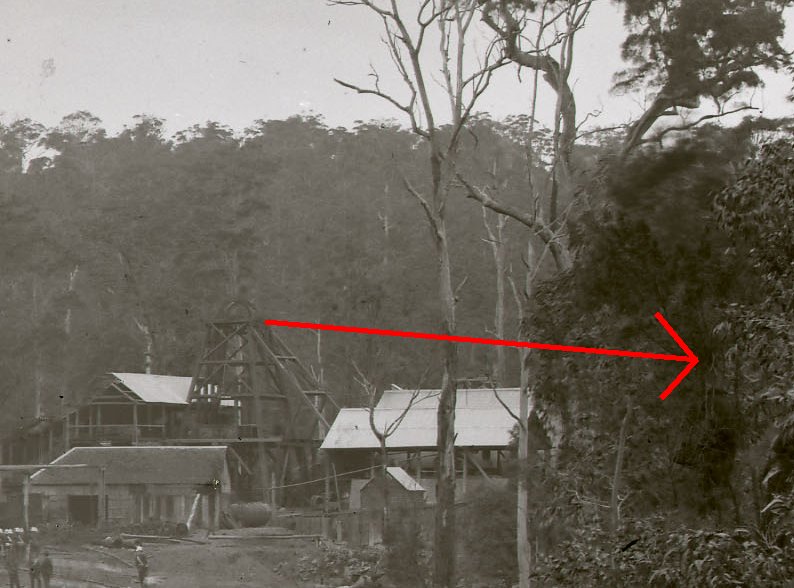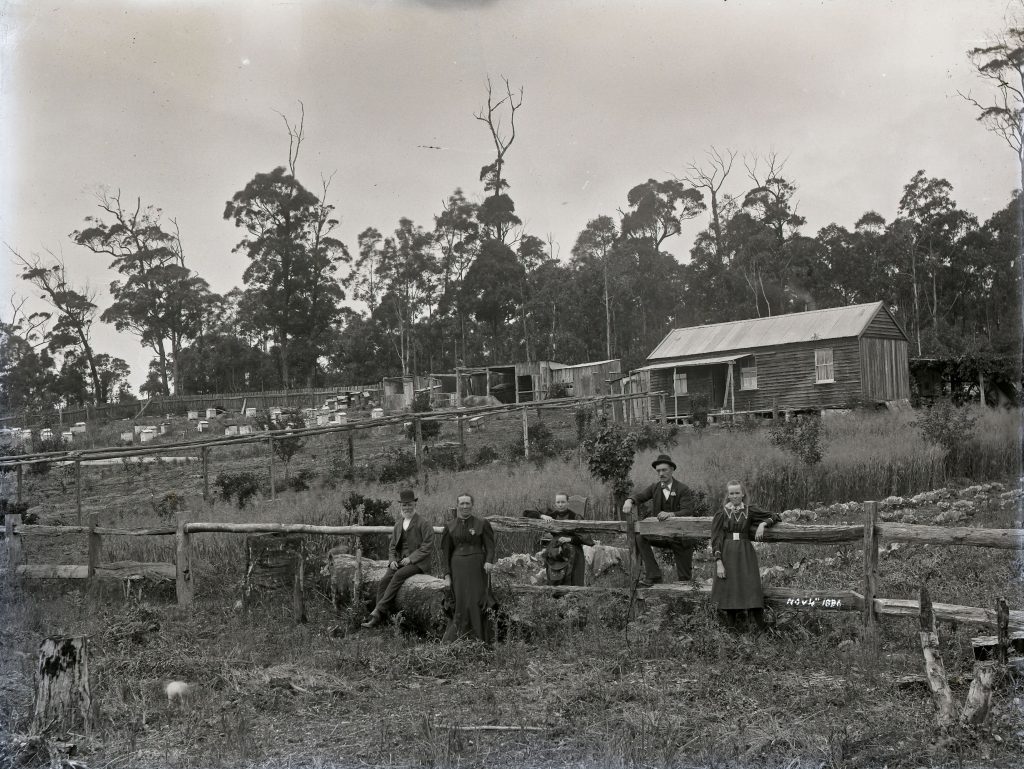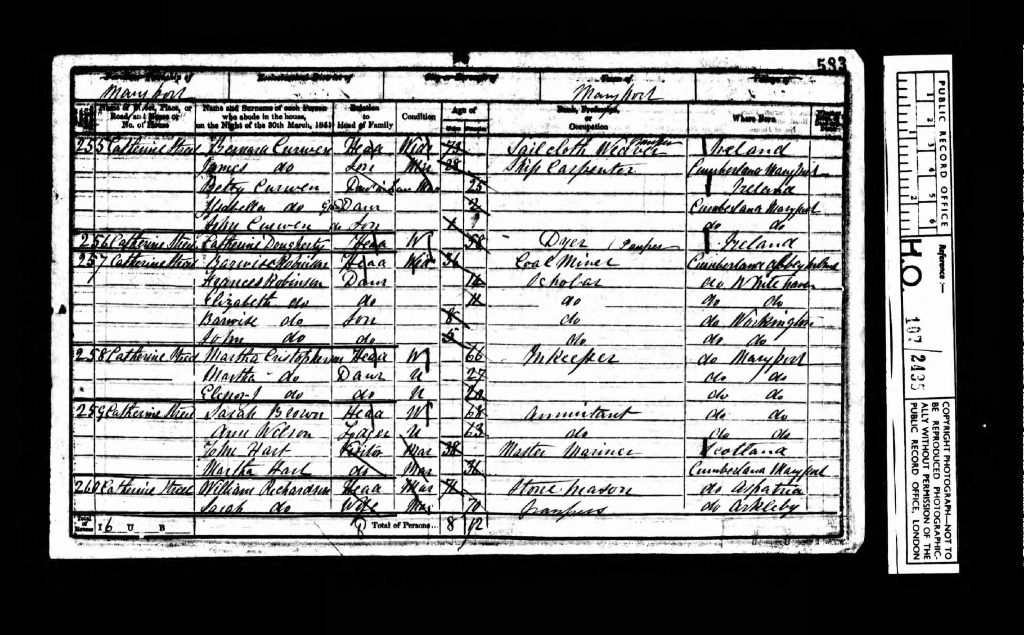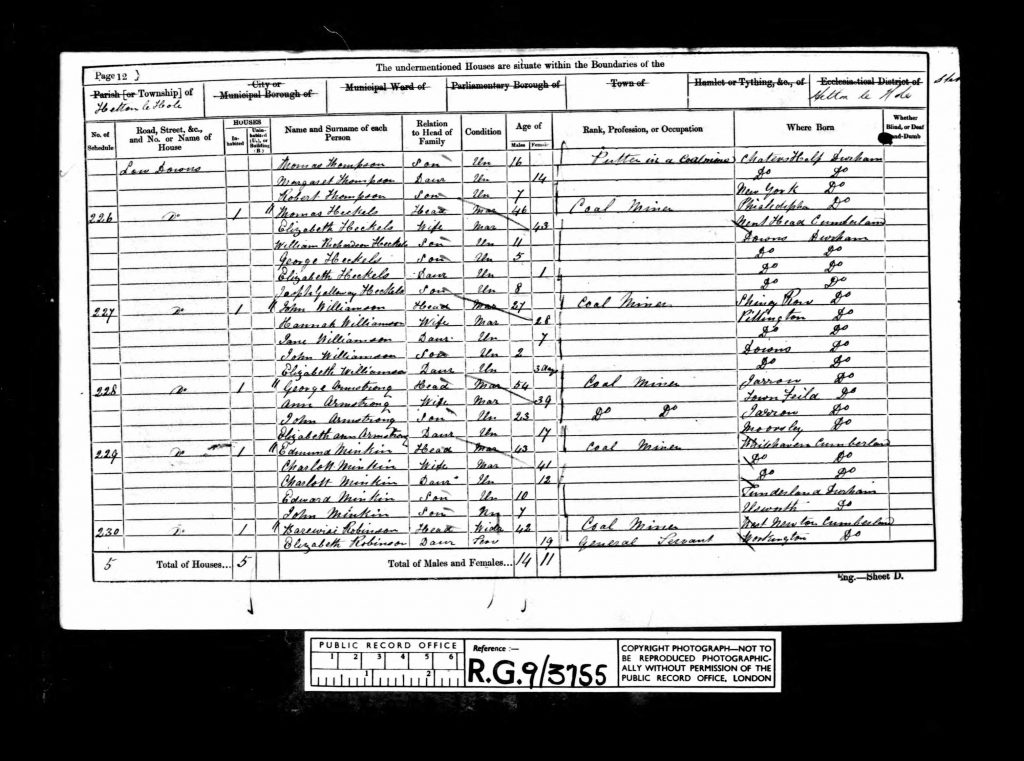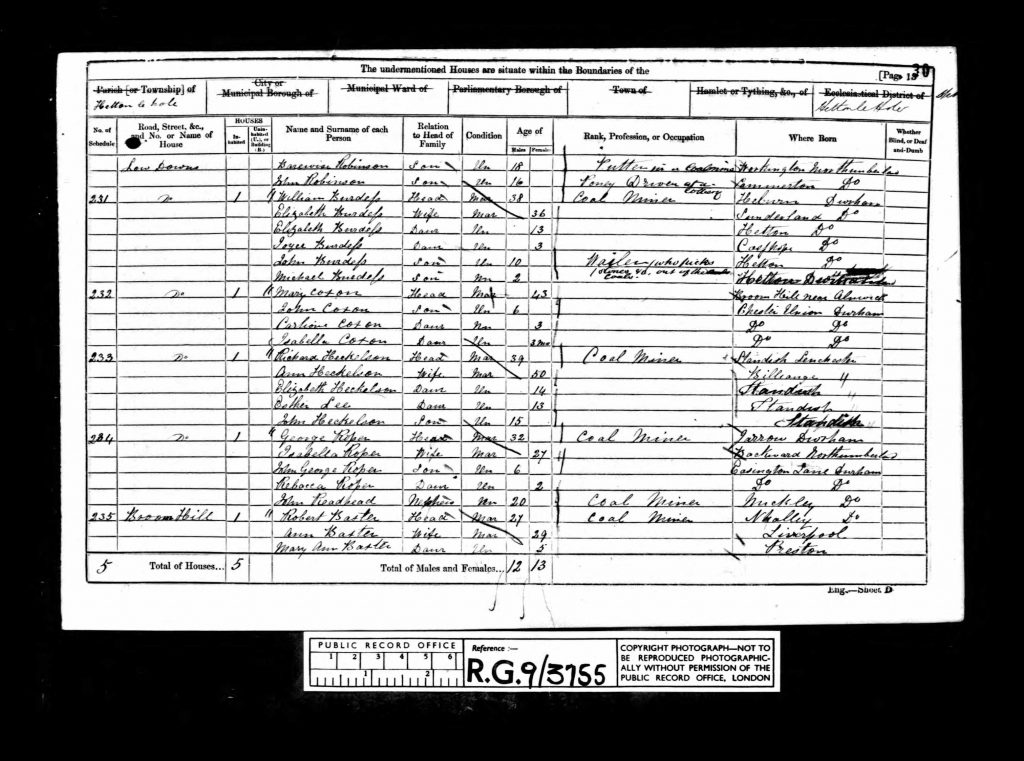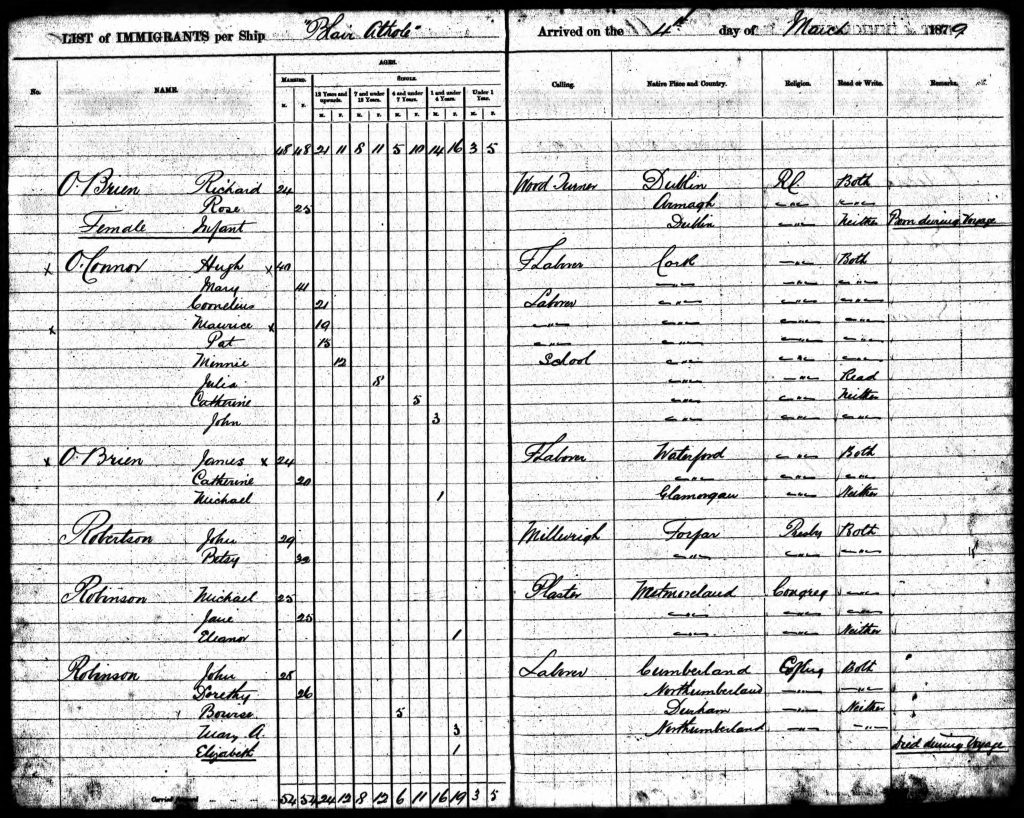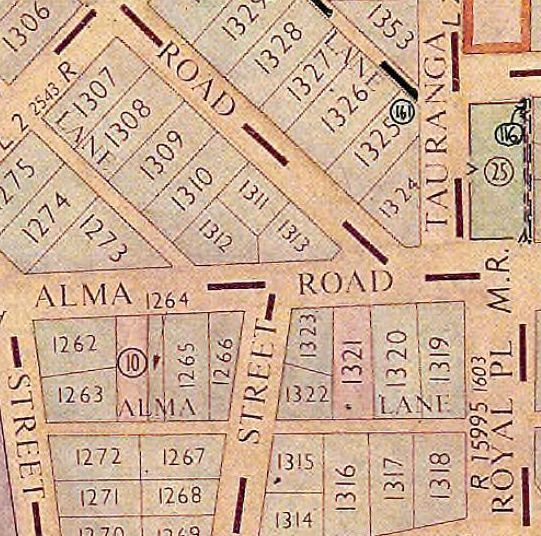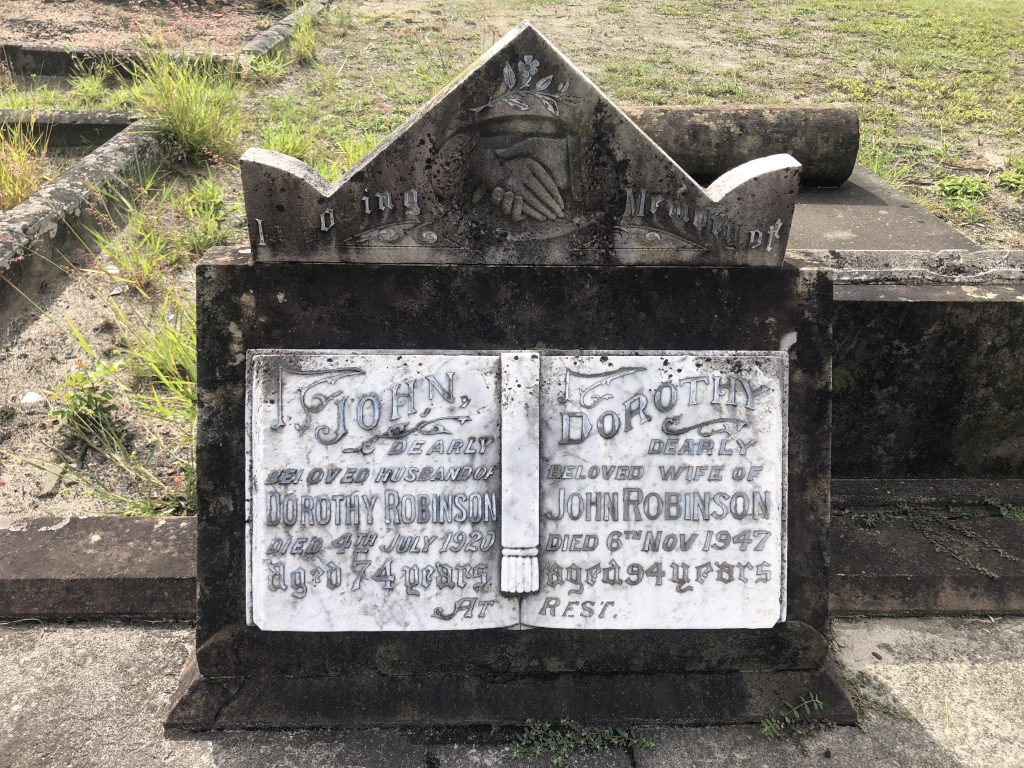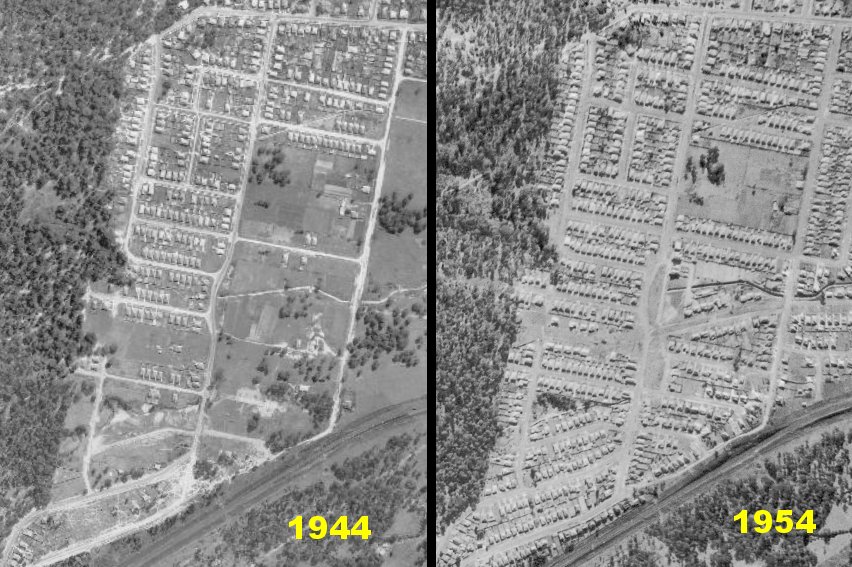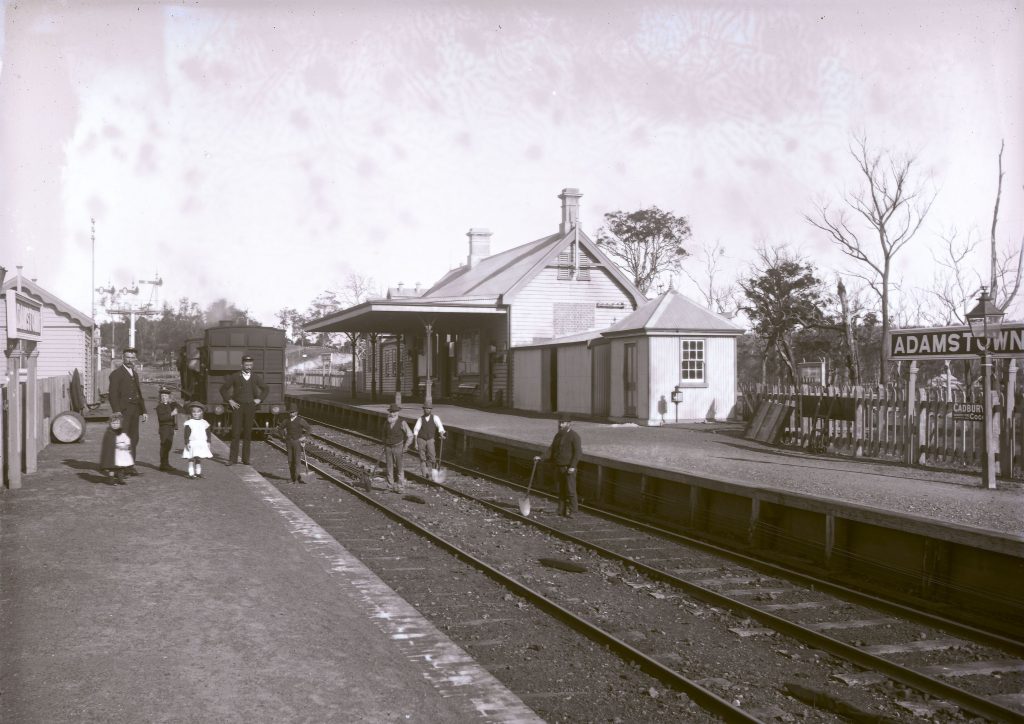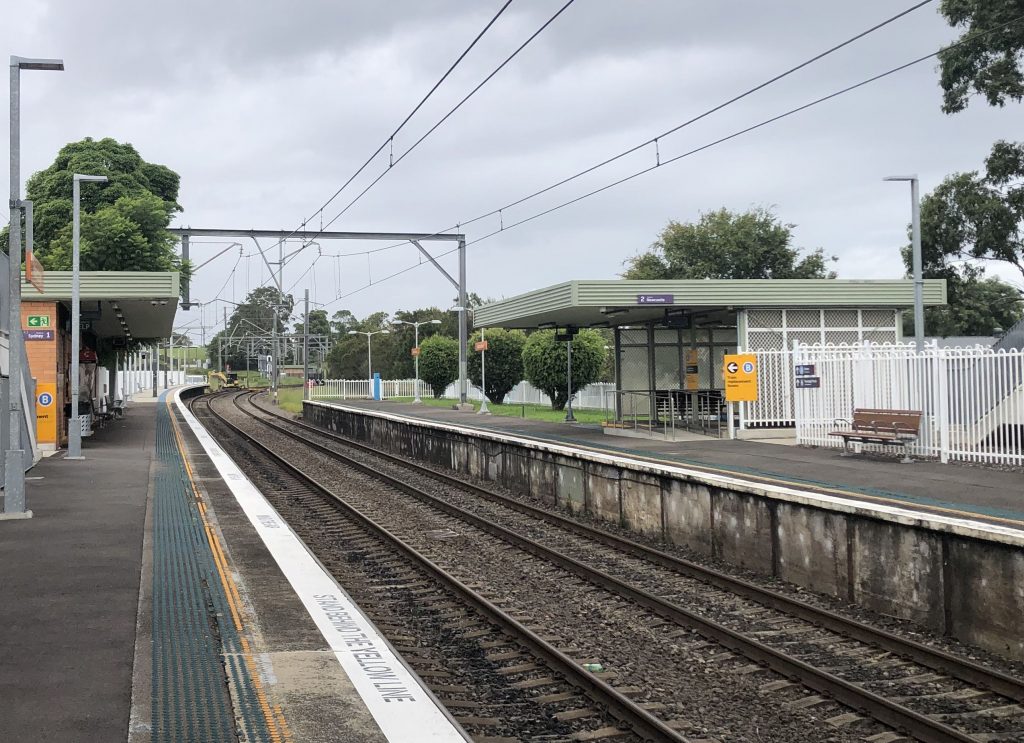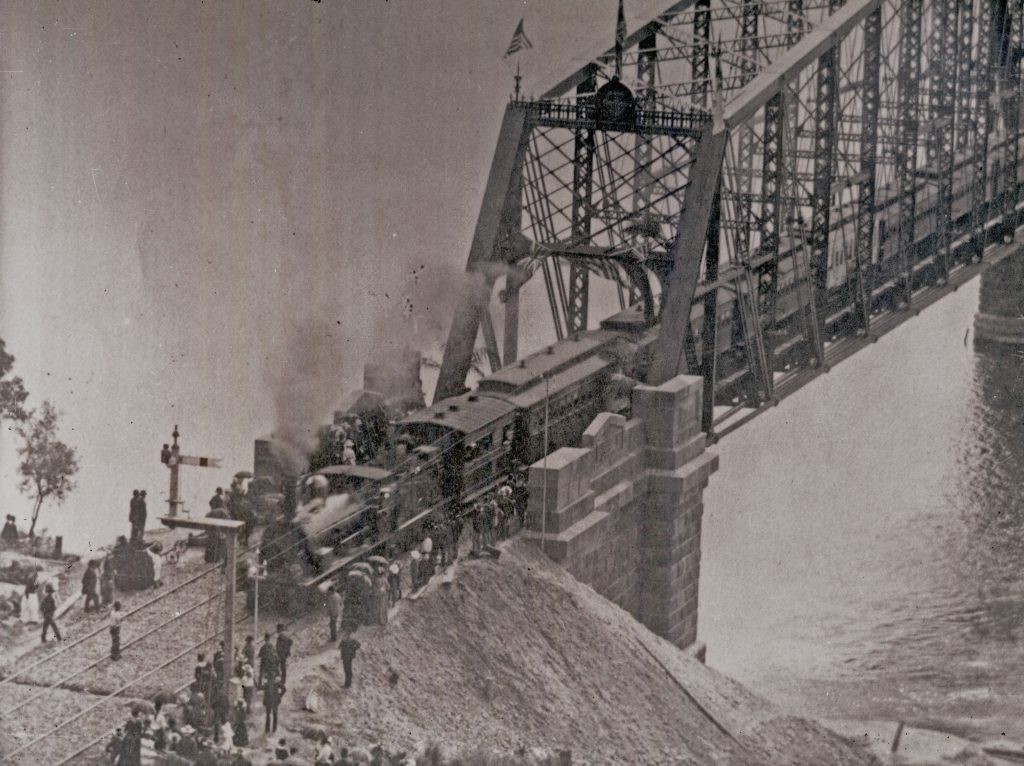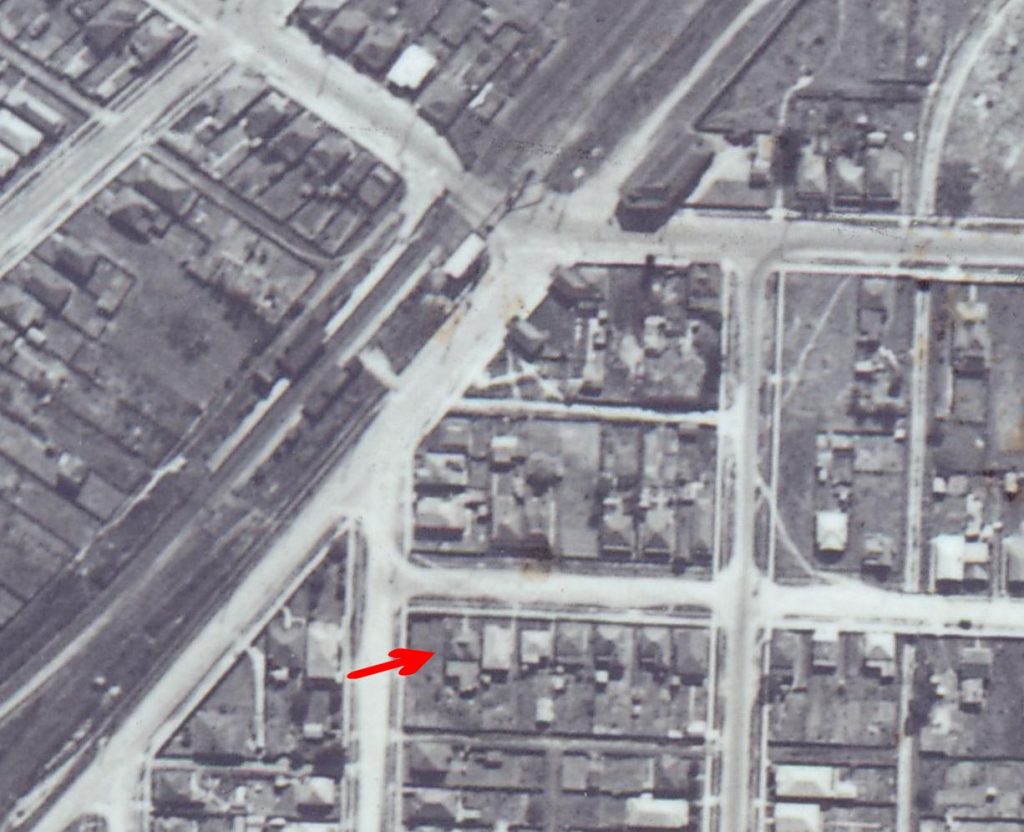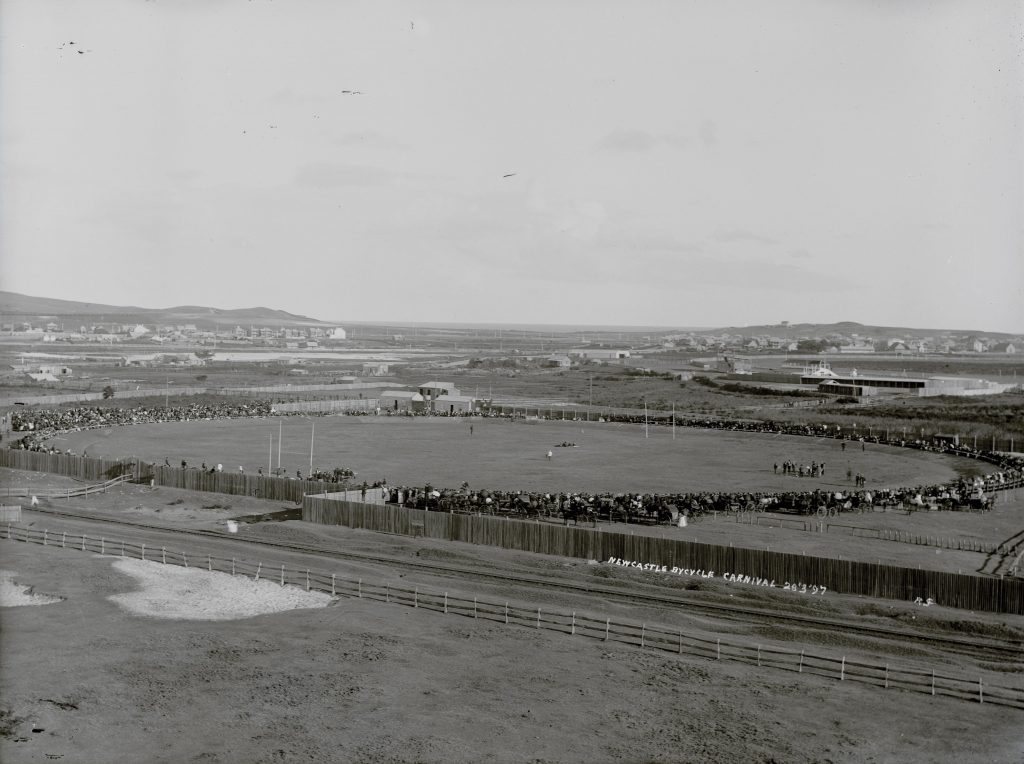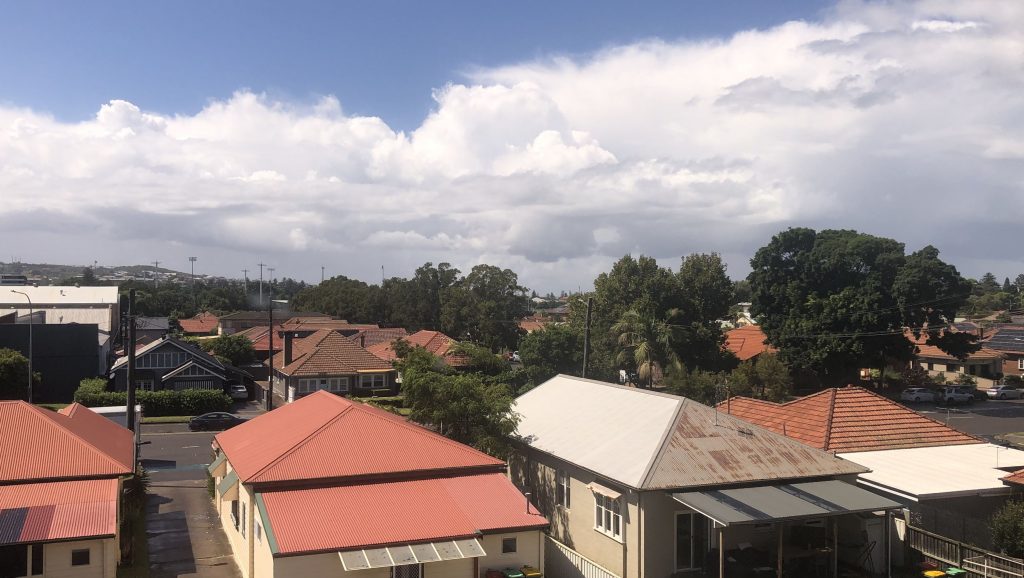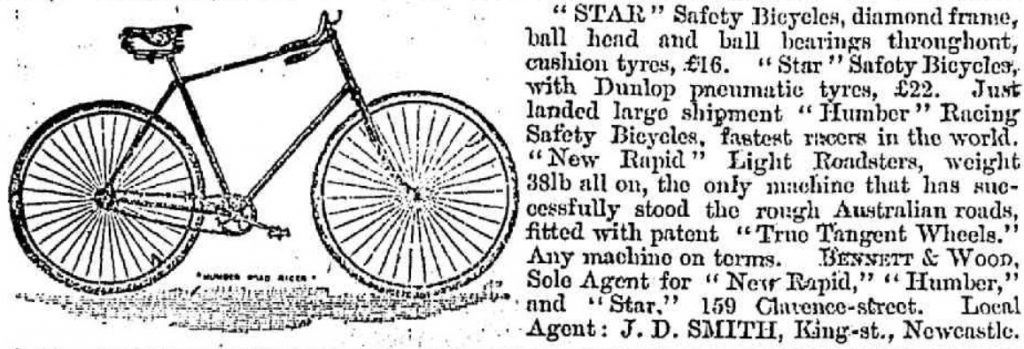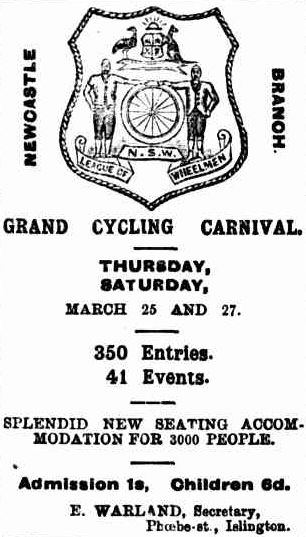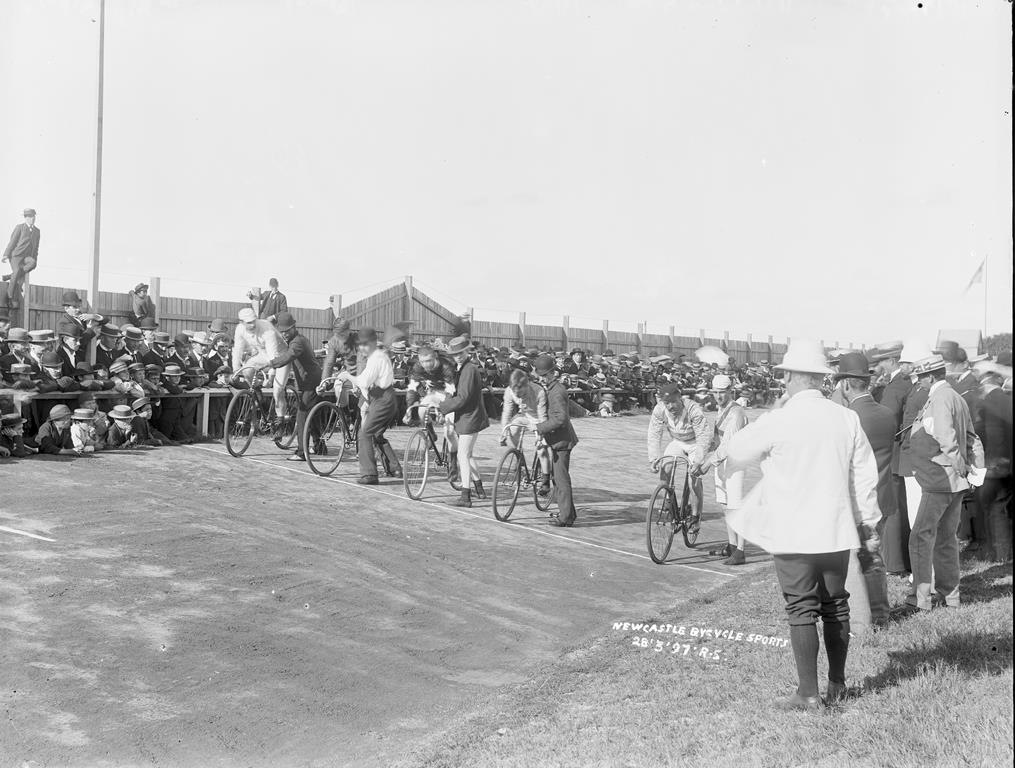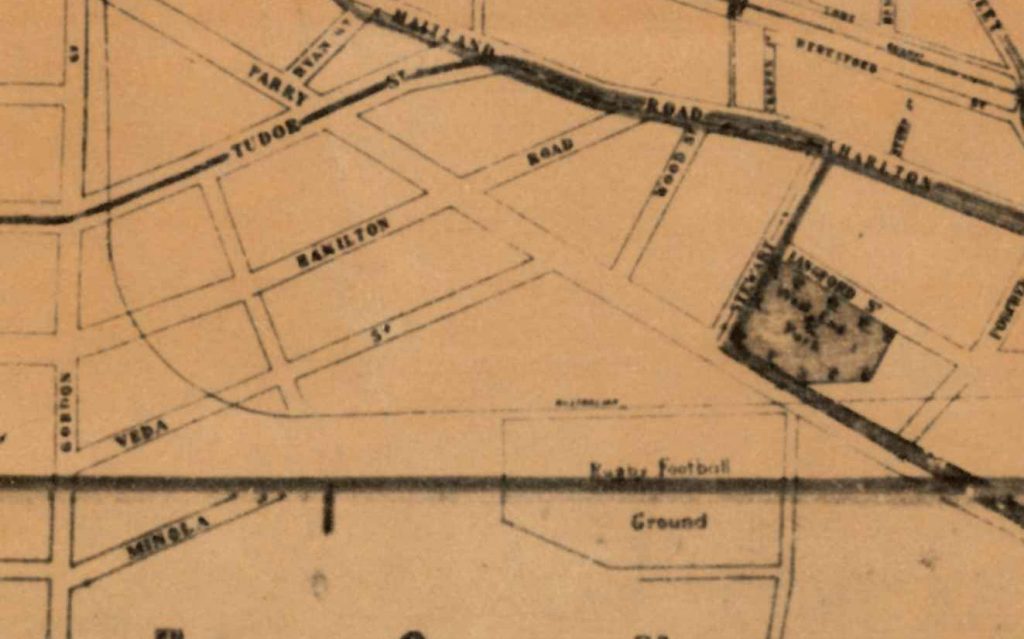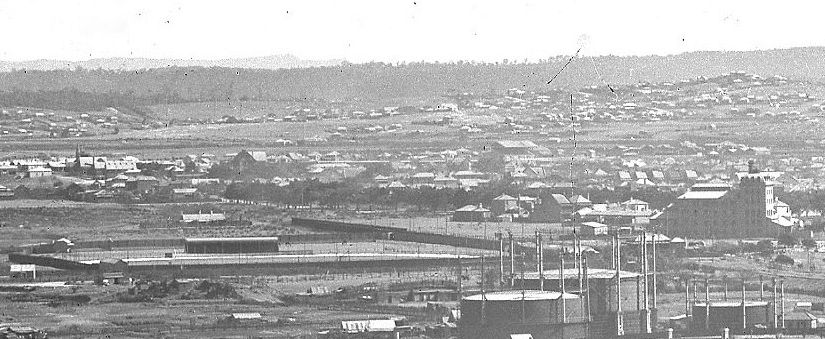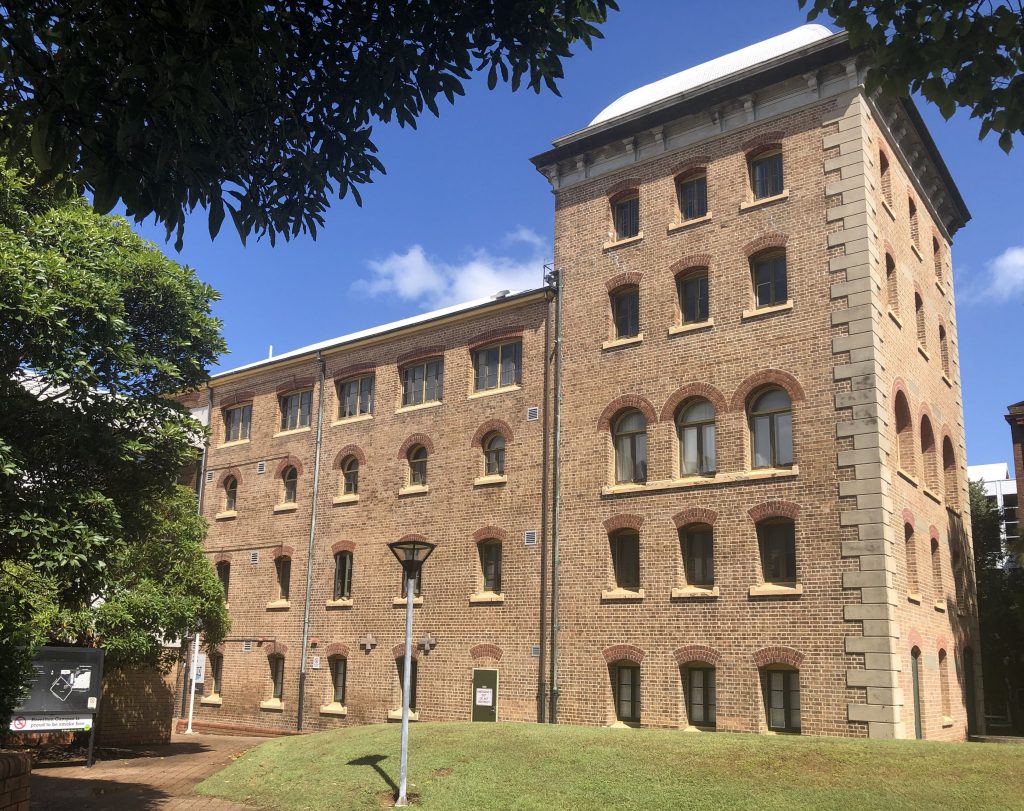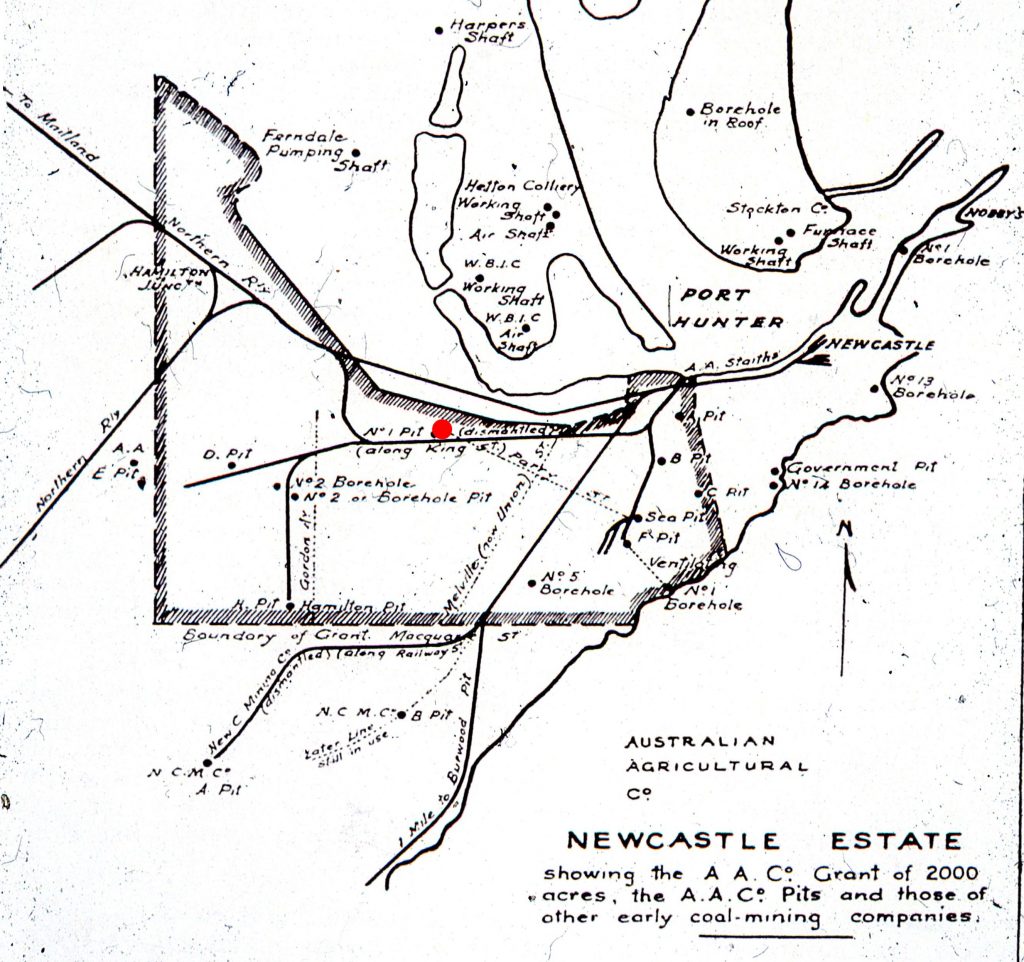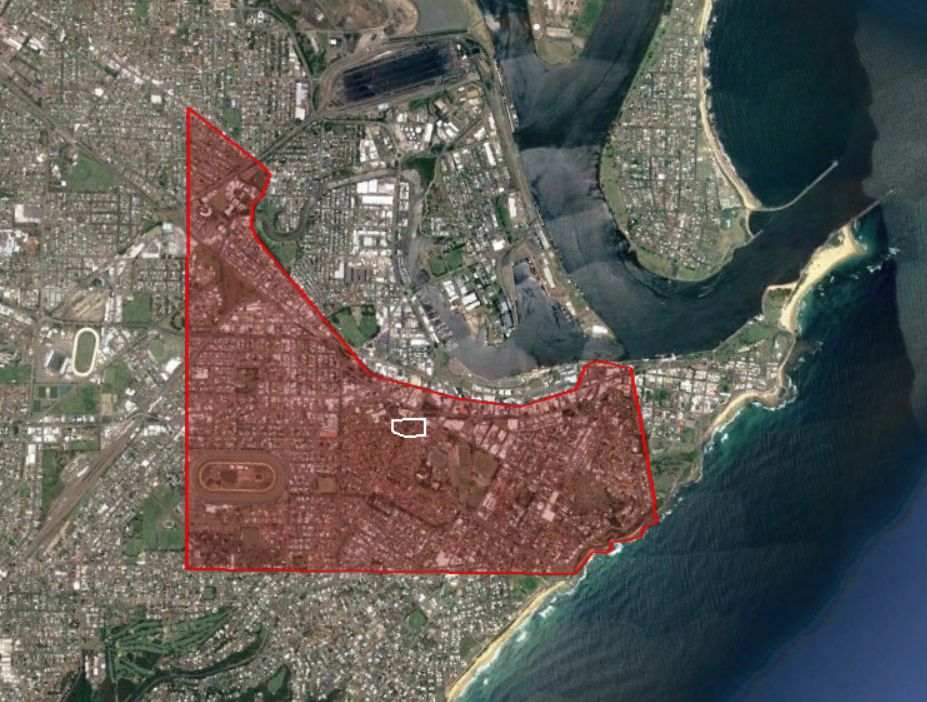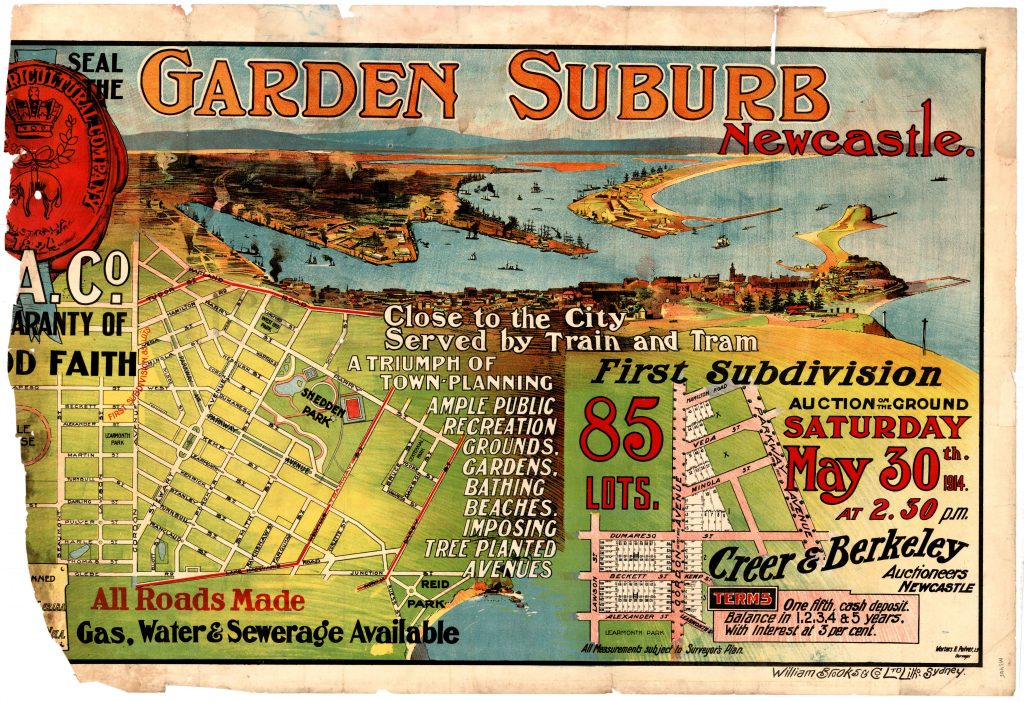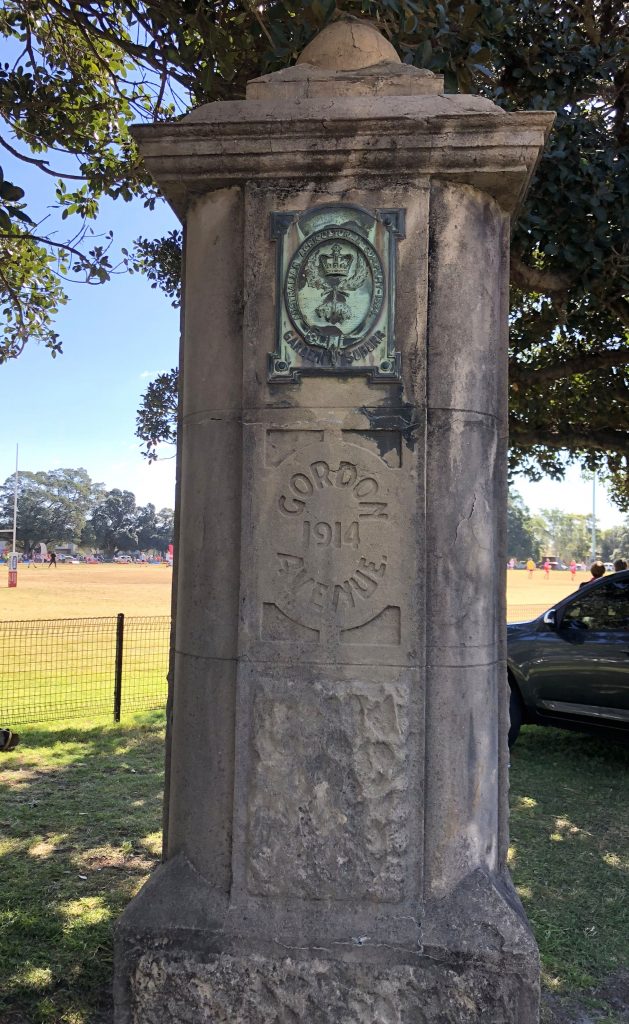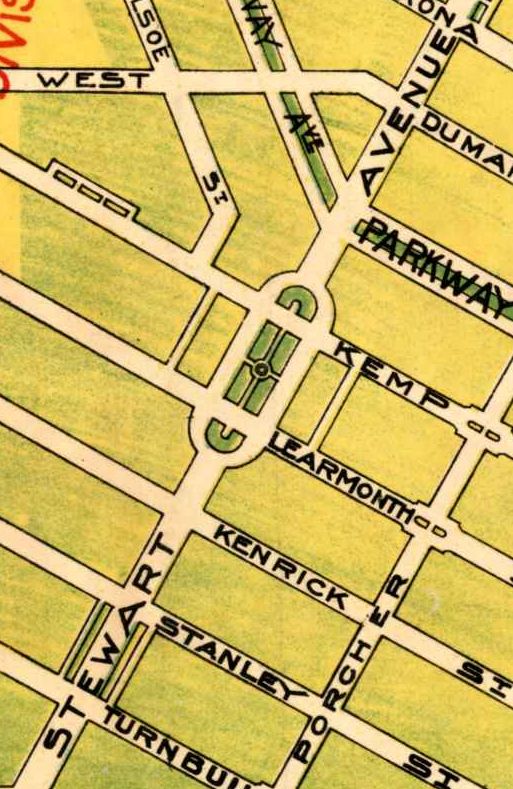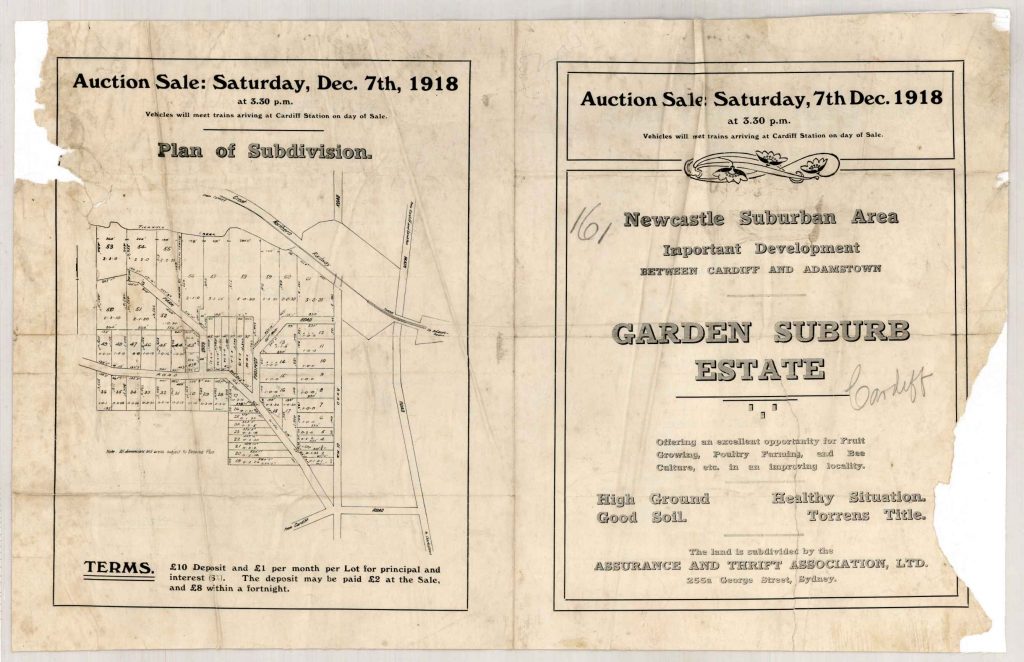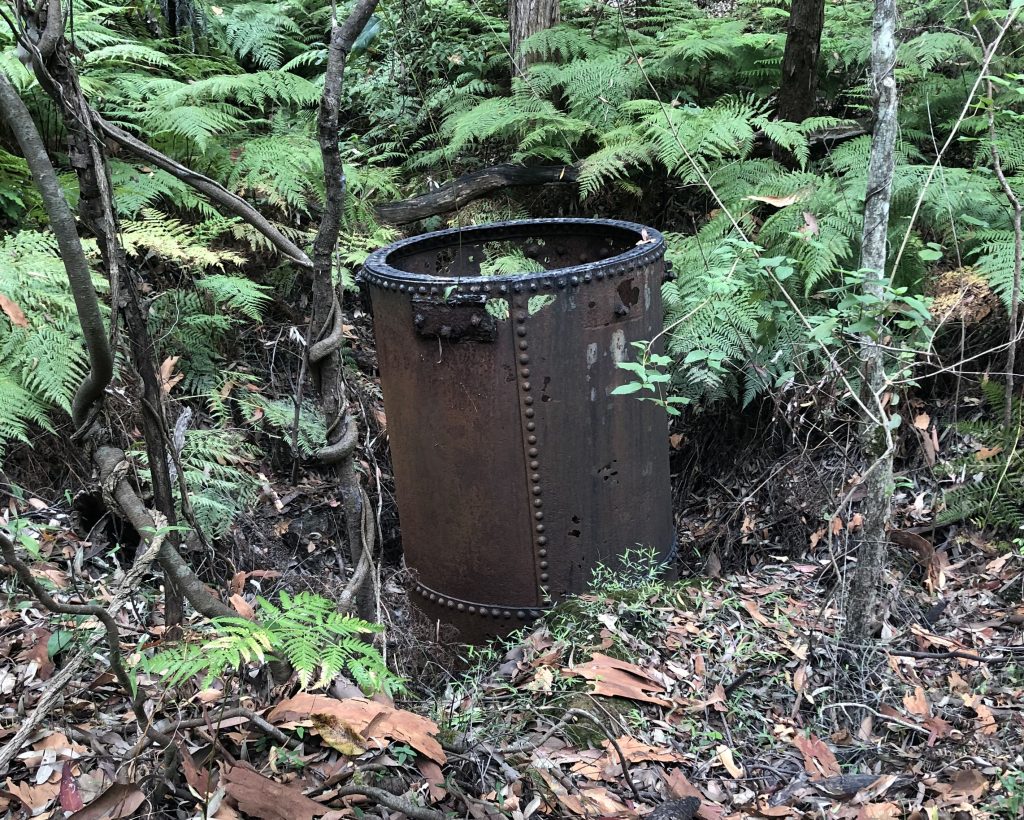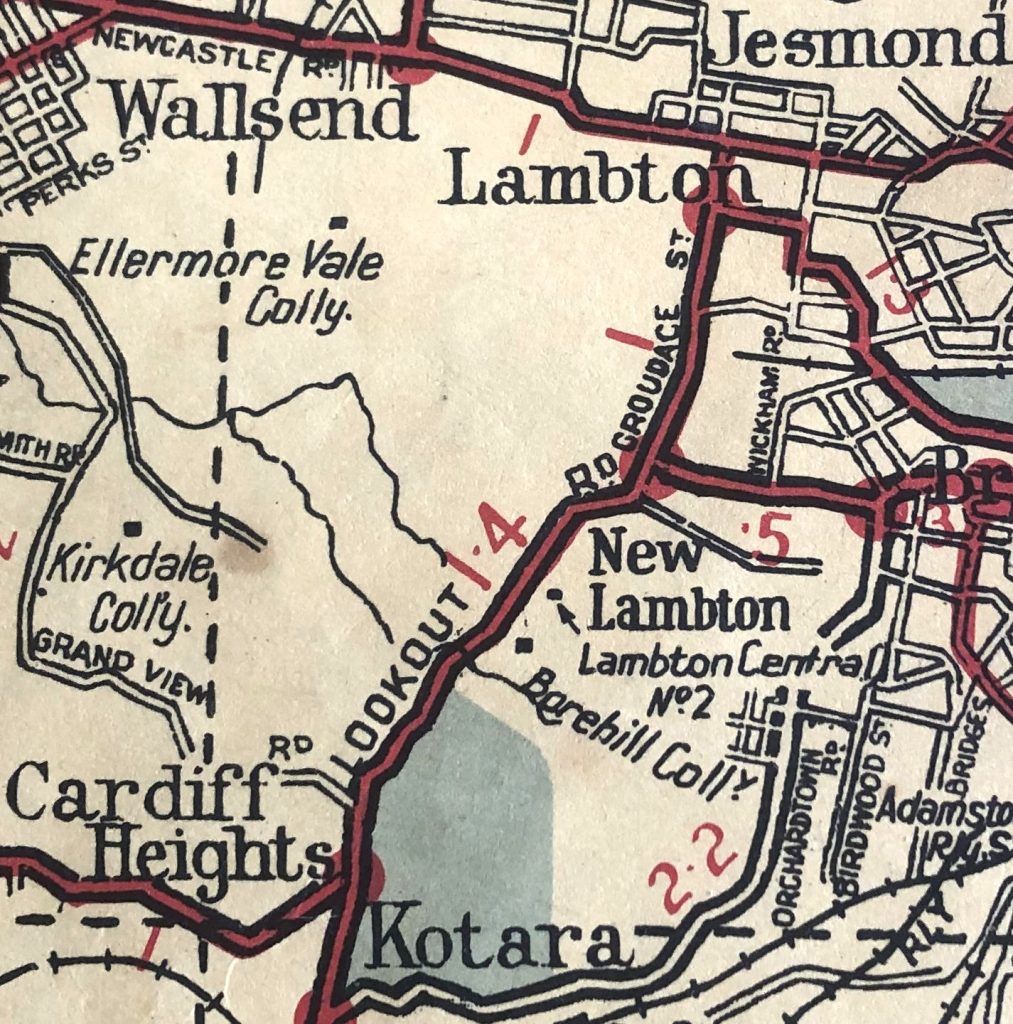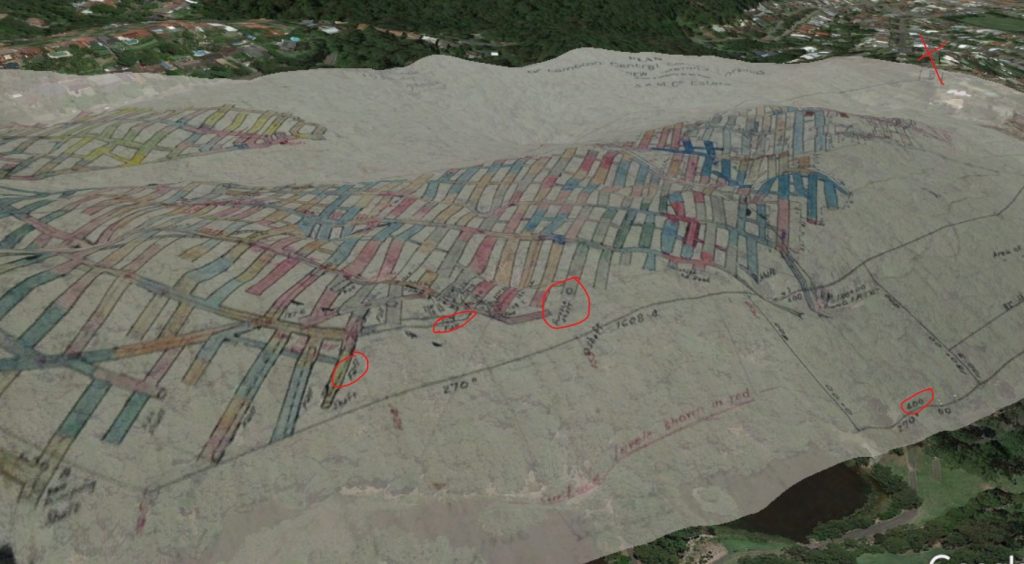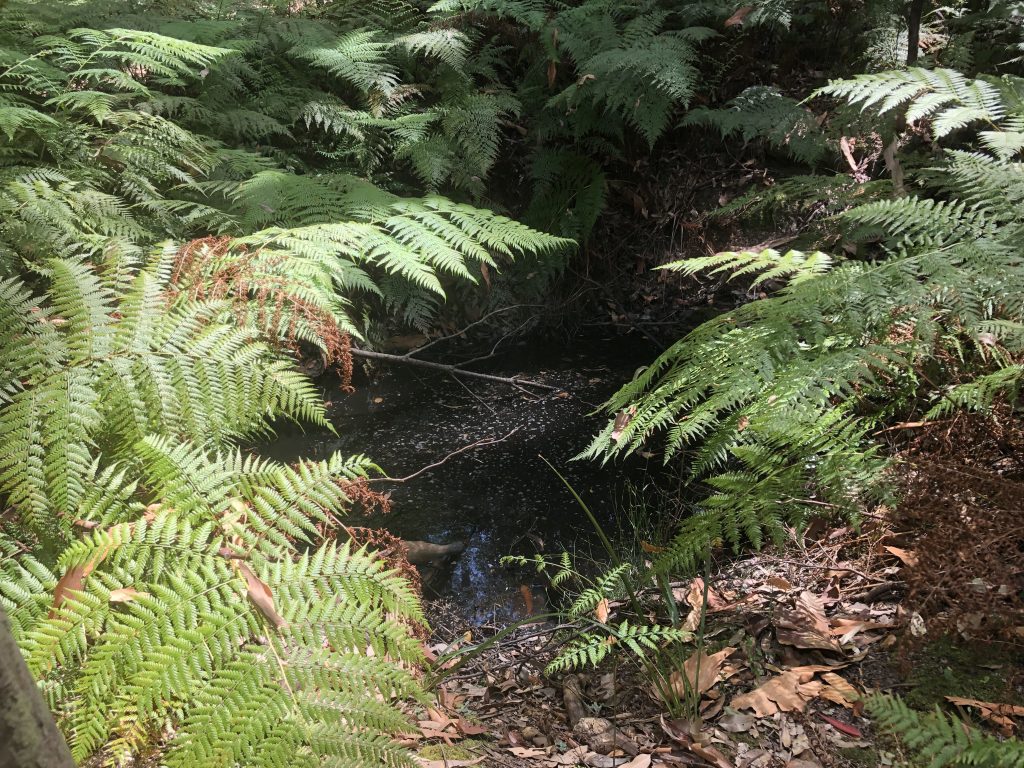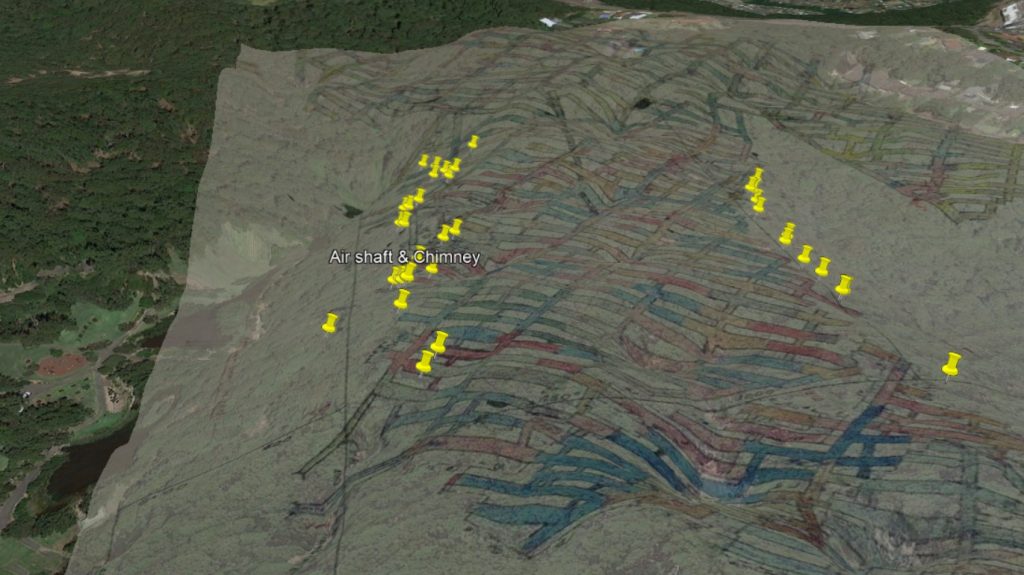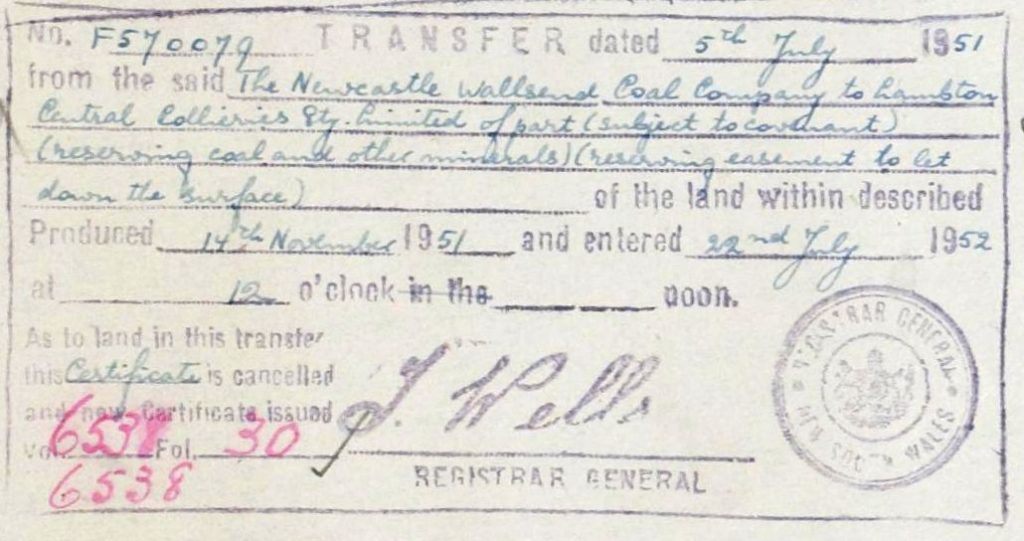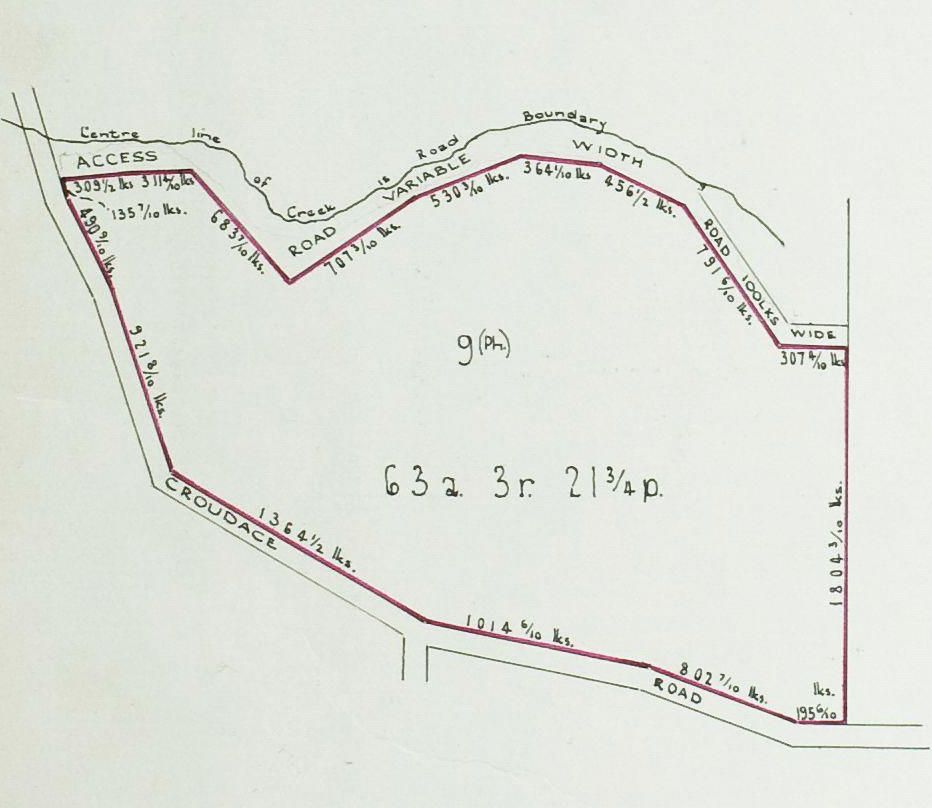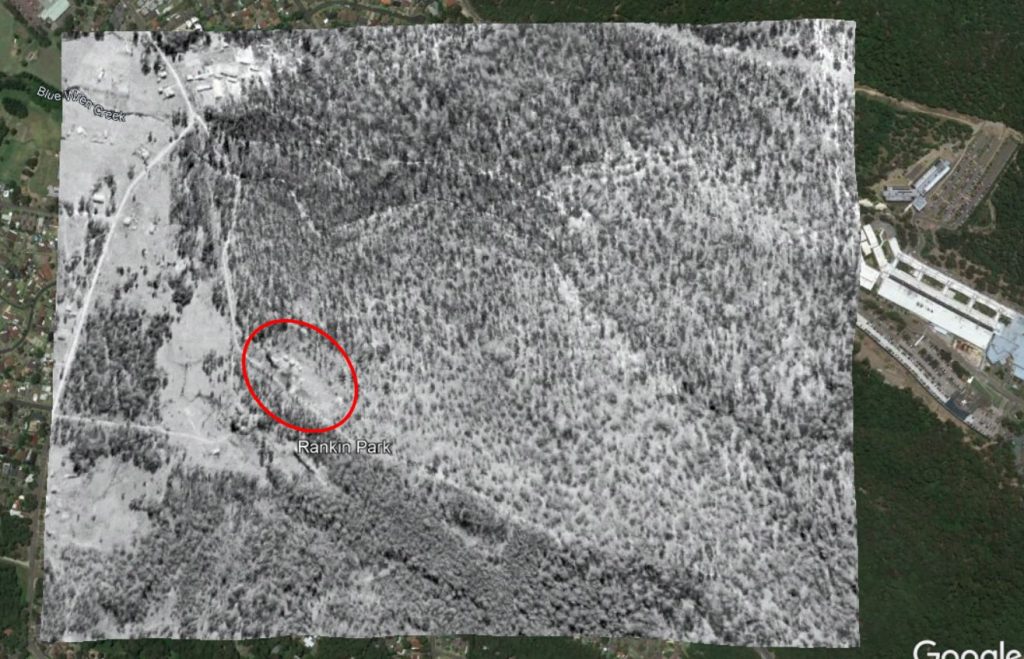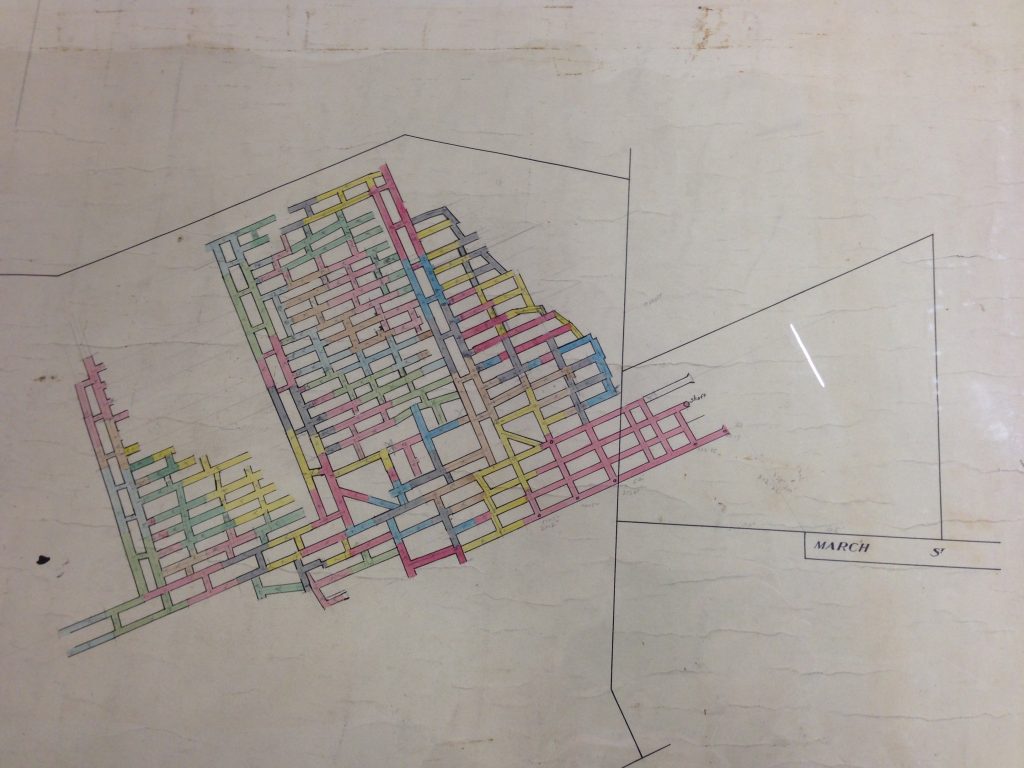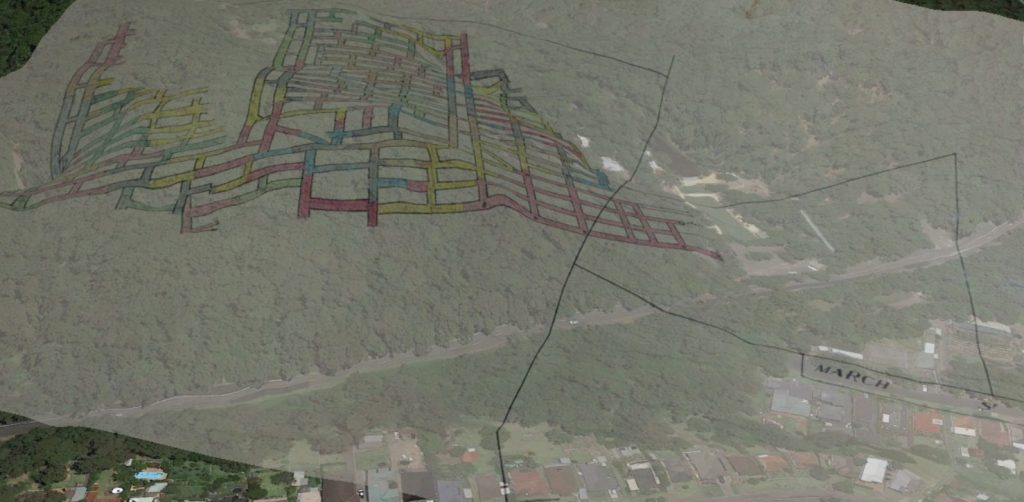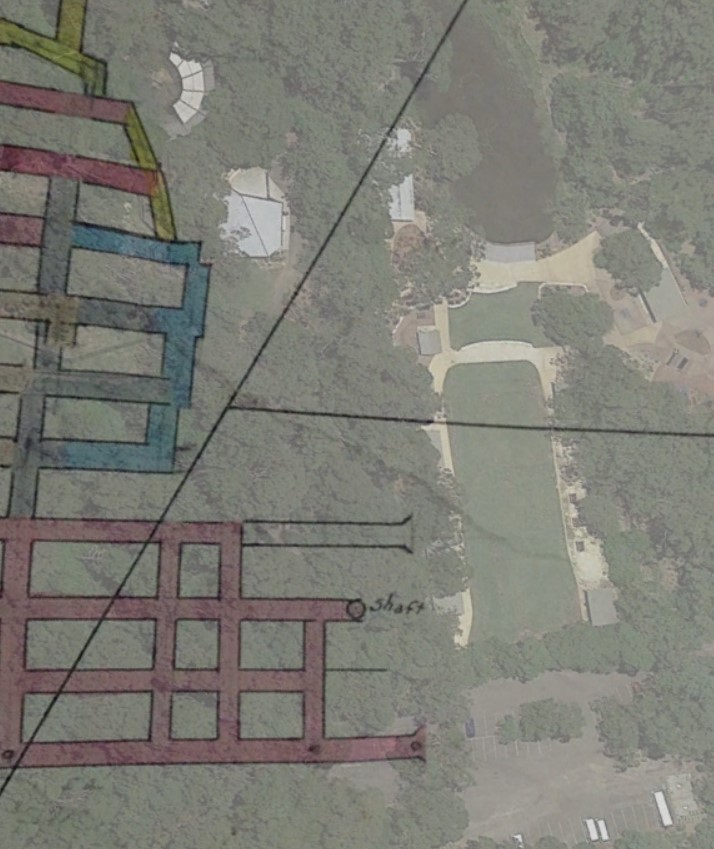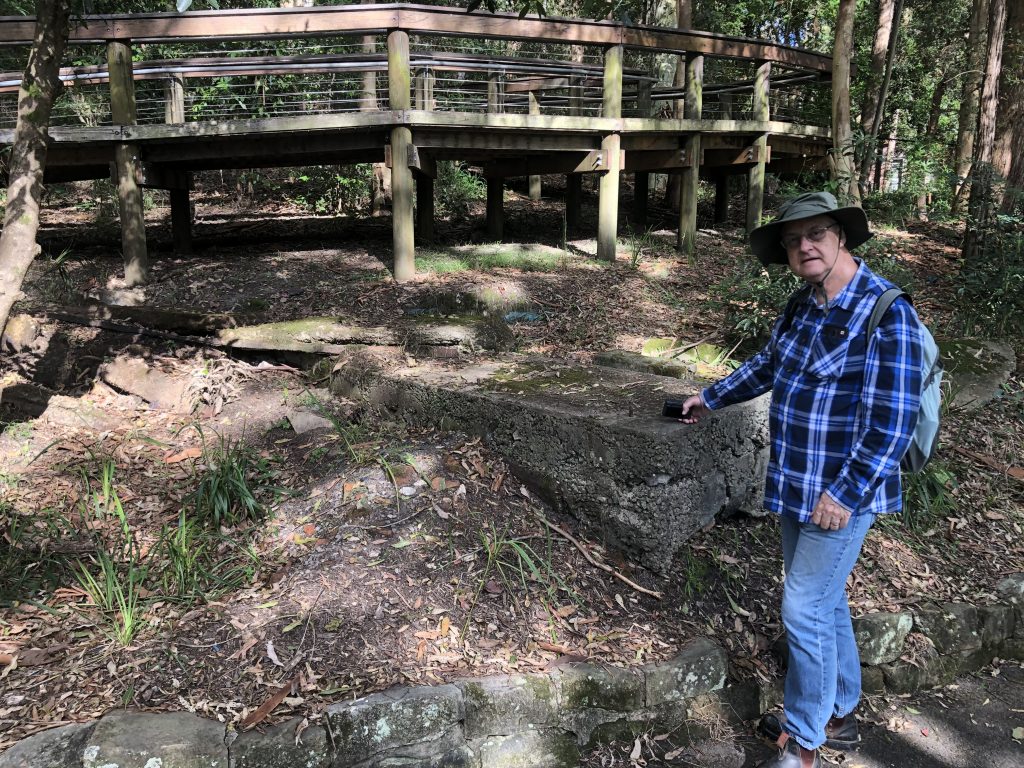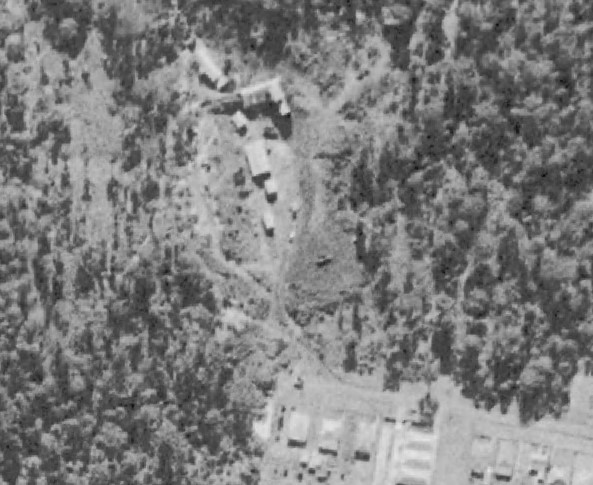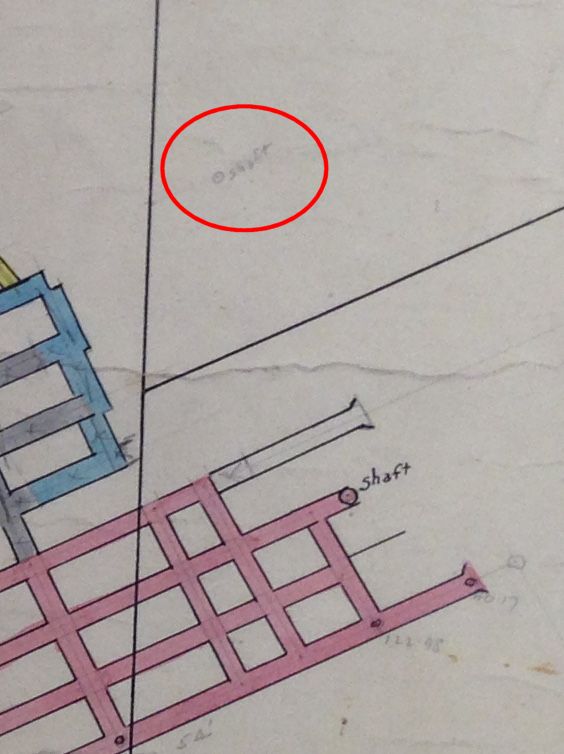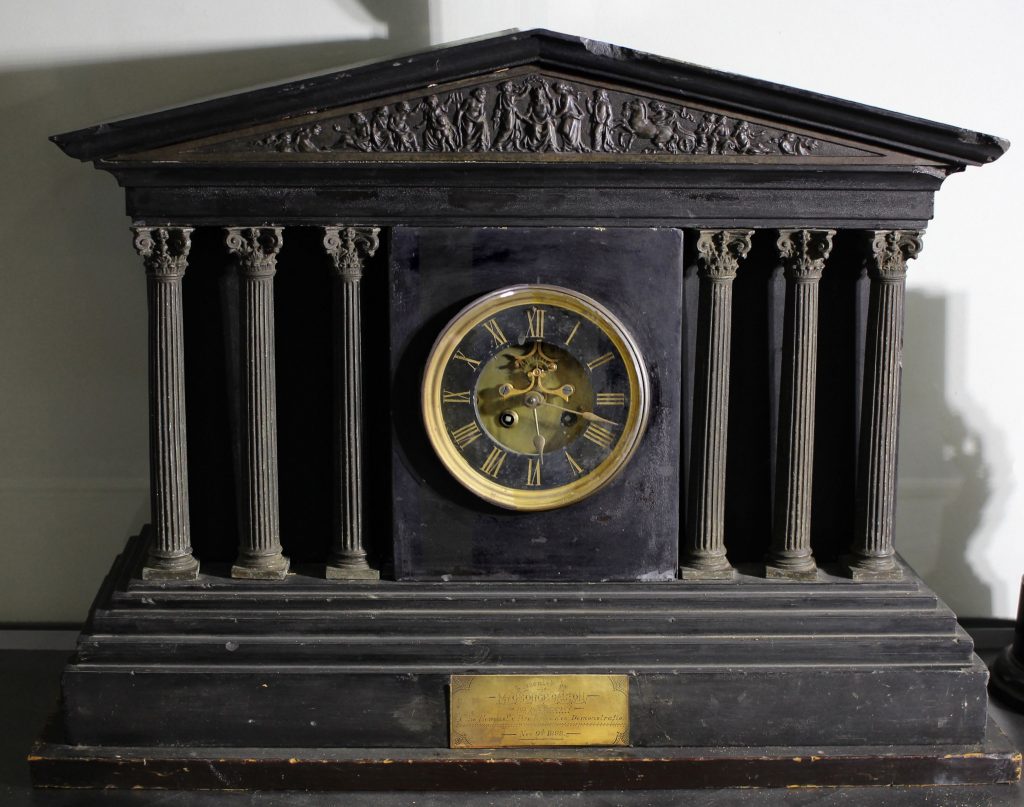In the climate change debate today, there is great concern about the global impact of large coal mines. But 100 years ago, the hot topic in Newcastle was the local impact of little mines. The Newcastle Sun reported in August 1922 …
“A good deal of activity is noticeable among the “baby” coal mines in the hills of Waratah and Lambton. They are generally one-man affairs, the work is hard and the methods crude.”
Some were tiny burrows in a hillside, others a shaft with a wooden tripod overhead to haul up coal in buckets. In the post war economic downturn unemployed men looked to scratch a living by selling coal to nearby householders, the tough nature of their enterprise reflected in the mine names … “Try Again Colliery”, “Lone Hand”, “Perseverance”.
While the “baby” mines were a boon to some, they were a grievance to many. The councils were concerned about undermining of streets and damage to pipes. Residents complained of water run-off and danger to their properties. An inspection by the Department of Mines in November 1922 attended by miners and residents turned ugly and “the parties became bitter in their denunciation of each other and indulged in heated personal remarks.”
Matters weren’t helped by the Department’s manifest disinterest in resolving the dispute. Their view was that the big coal companies who owned the mineral rights were entitled to sublease to the “baby” miners, and the Department could do nothing. Waratah Council then took legal action against one of the mine owners, and the court imposed a substantial fine. By 1924 newspaper reports on the mines had disappeared. Their closure was due to a combination of factors –poor quality coal, increasing suburban development, the threat of fines, but mainly because households were moving to the new technologies of gas, and coal-fired electricity. Ironically these energy sources that were the solution to the local “baby” mines in 1922, are now central to the global climate change problem in 2022.
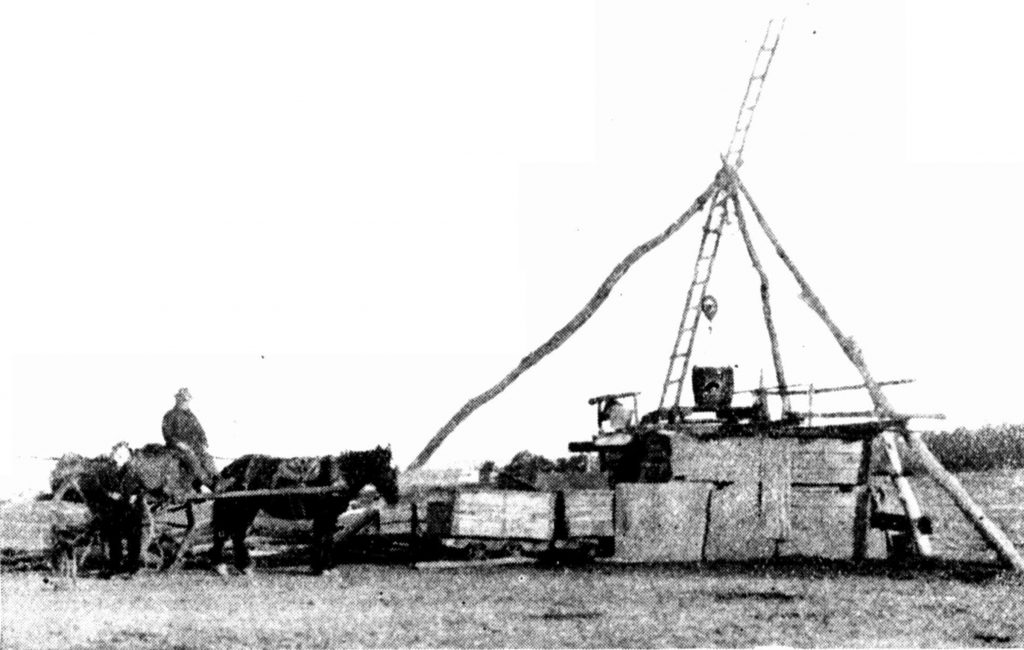

The article above was first published in the August 2022 edition of The Local.
Additional Information
The locality sketch on the 1923 real estate poster shows 17 “baby” mines. Many of them are unknown apart from their name on this map.
- Bayley’s Reward Colliery
- The Bowler Colliery
- Brown Hill Colliery
- Carclew Colliery
- Clay Cross No. 2 Colliery
- Federal Colliery
- Hanbury Colliery
- Meadow Colliery
- The Nest Colliery
- Perseverance Colliery
- Red Bank Colliery
- Sea View Colliery
- Silverdale Colliery
- Talk o’ the Hill Colliery
- Try Again Colliery
- Winn Colliery
- Wright’s Colliery
Other “baby” mines in the Lambton area recorded in other sources such as newspaper reports and Department of Mines annual reports include …
- Lambton Heights No. 2
- North Lambton Colliery
- Braye Park Colliery
- Rosehill No. 2
- Lone Hand [End?] Colliery
- West End Colliery
- Tubber Robinson’s mine
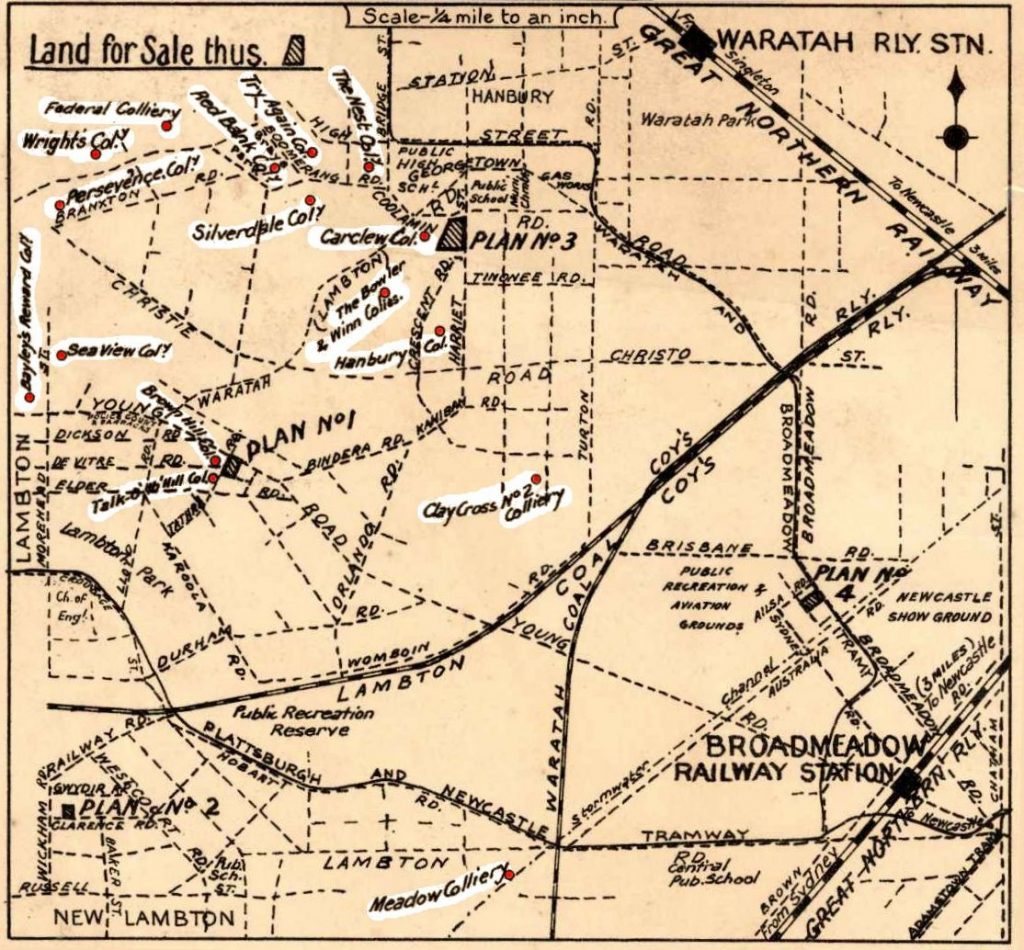

“Lambton Heights No. 2 is the name of this colliery, which has a staff of four men, and an output of 15 tons a day. Its depth is 80 feet, and the coal is drawn to the surface by one pony-power. It is owned by Fitzpatrick Bros., who were too busy grubbing out wealth down below to face the camera.”
The Sun, 12 Nov 1922
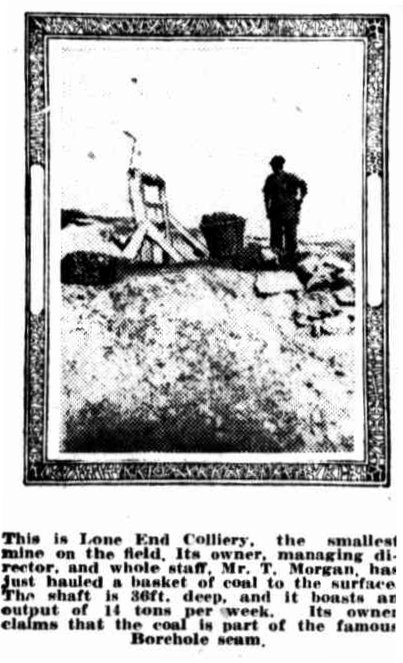
“This is Lone End Colliery, the smallest mine on the field. Its owner, managing director, and whole staff, Mr. T. Morgan, has just hauled a basket of coal to the surface. The shaft is 36ft. deep, and it boasts an output of 14 tons per week. Its owner claims that the coal is part of the famous Borehole seam.”
The Sun, 12 Nov 1922
Although “The Sun” has named this mine as “Lone End Colliery”, I suspect that may be an erroneous reference to the “Lone Hand Colliery”. In the annual report of the Department of Mines for the year 1921, Inspector Bissett states that …
“Two small mines were commenced during the year; these were Lone Hand and Rosehill No.2 Collieries.”
The Lone Hand Colliery is mentioned again in the 1922 annual report, but is not mentioned in subsequent years. Note that Rose Hill (occasionally misspelled Roe’s Hill) was the name of the hill to the north of Lambton township, as shown on this 1908 real estate map.
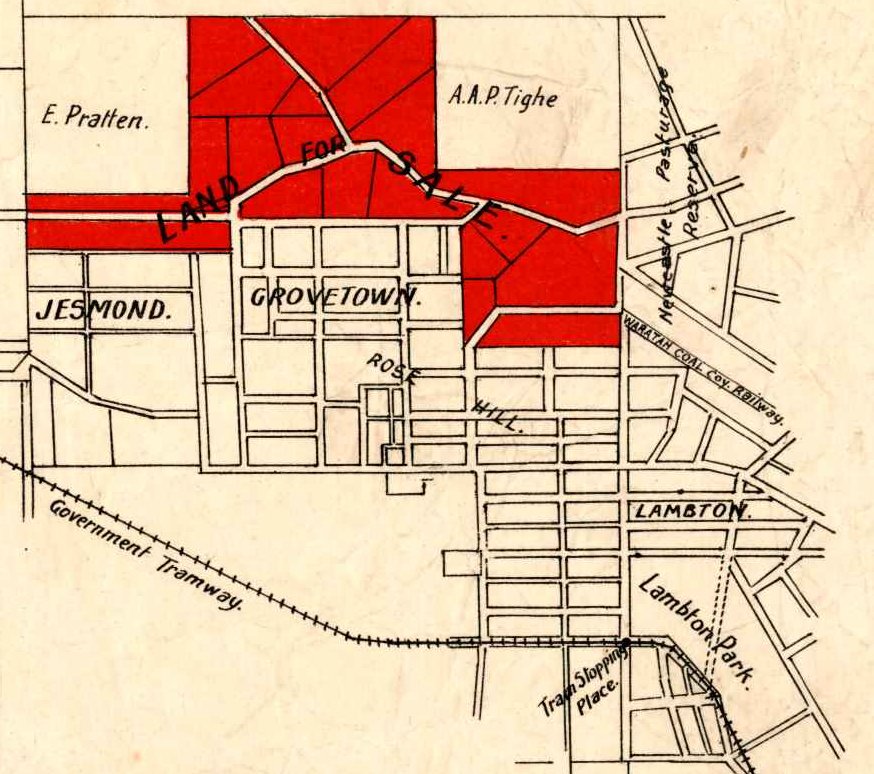
Tubber Robinson’s mine
William Robinson (known as “Tubber”) had a “baby” mine in George Street near Notley Street, North Lambton. He also had mines at Wallsend in the proximity of the High School. William’s brother Jeremiah (Jerry) Robinson had a “baby” mine in Seventh Street, North Lambton.The photo below shows the George Street mine.
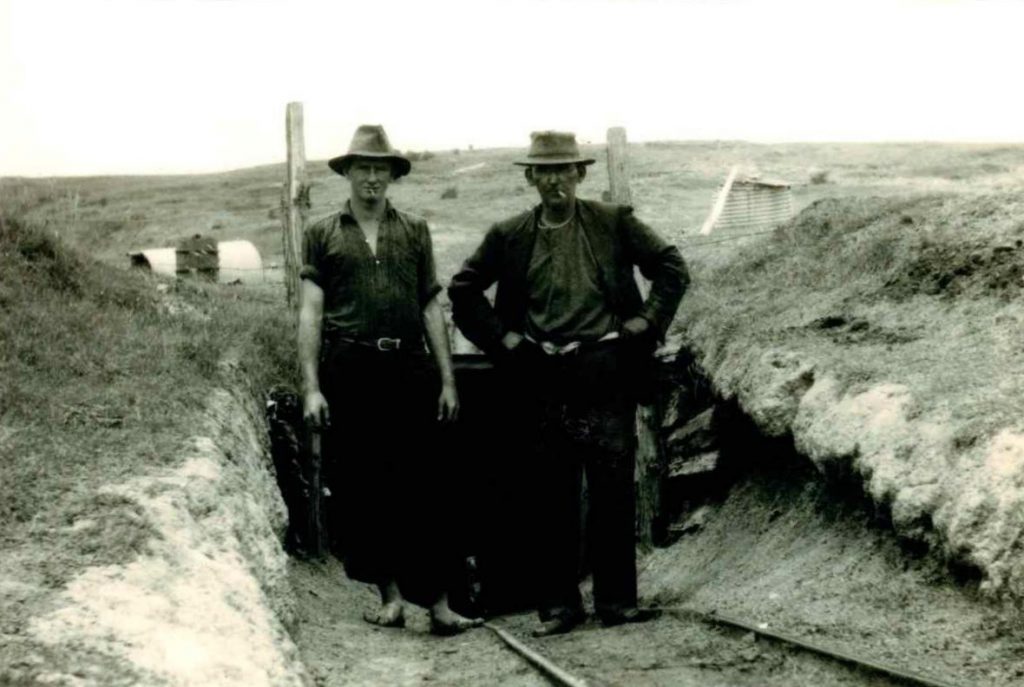
The photo below of William and his sons with a pit pony, was taken near Robinson’s house in Fifth Street North Lambton.
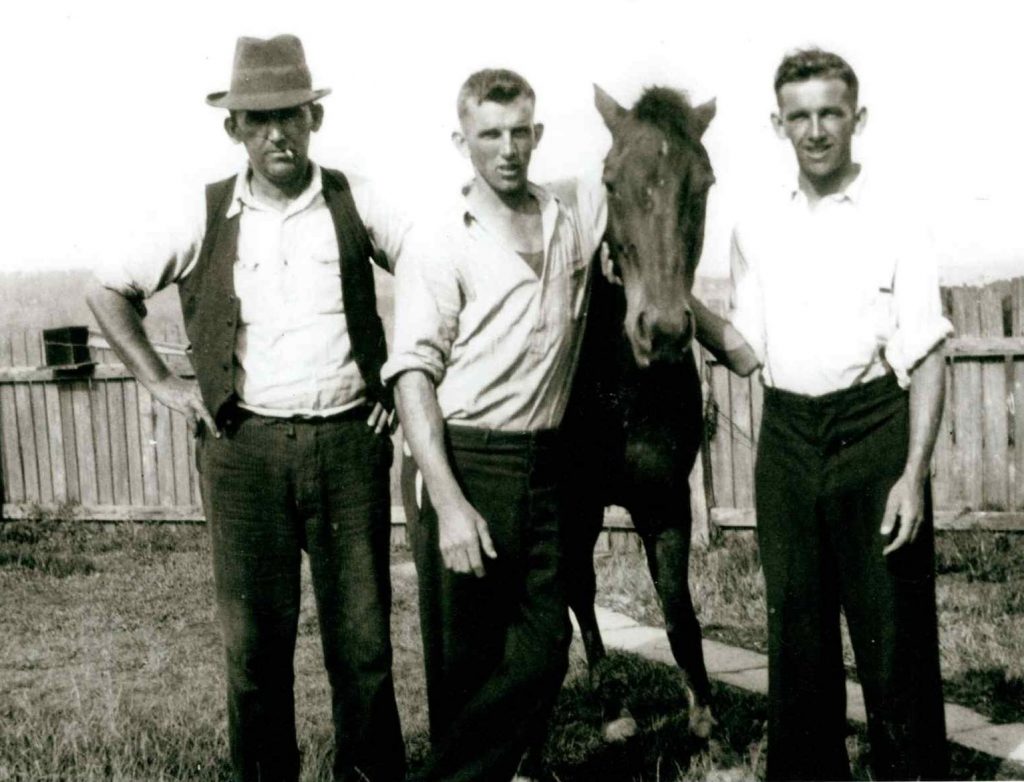
North Lambton Colliery
The North Lambton Colliery, whose photo appeared in the published article, was somewhat different to the other “baby” mines. In contrast to most of the “baby” mines that employed only one or two men and were very short-lived in operation, the North Lambton colliery operated for 20 years (1905 to 1924), and at its peak employed 28 men in 1918. The mine, despite its larger size, used the same primitive techniques as the “baby” mines, sinking a shallow shaft, erecting a wooden tripod, and hauling coal up the shaft in buckets.
The Department of Mines annual report for the year 1905 notes that
North Lambton Colliery.-On 26th September, Mr. J. Jeffries notified, in terms of section 30 of the Coal Mines Regulation Act, that he had opened a new mine on land leased from the Scottish Australian Mining Co., the name of which would be North Lambton.
The location of the colliery being close to the water reservoir on Newcastle Road Lambton, can be ascertained from a report to the Newcastle Water and Sewerage Board in February 1906 …
The proprietor of the North Lambton Colliery gave notice that the workings of his colliery are now approaching within 40 yards of the Lambton reservoir fence, and stated his intention of removing coal to that boundary in terms of a lease held by him from the Scottish Australian Mining Company, Limited.
Sydney Morning Herald, 8 February 1906.
Similarly, in 1918 …
The engineer of the Water and Sewerage Board reports that it is understood Mr. Long, manager of the North Lambton colliery, intends sinking a shaft near the eastern fence of the Lambton reservoir property. The proposed mining work will probably not affect the reservoir or the pump-house, but might affect the 12-inch scourpipe from the reservoir and some trees.
The Newcastle Sun, 9 September 1918.
The Newcastle Sun of 30 September 1922 noted that the colliery was a …
… tribute mine working the outcrop pillar coal left by the Lambton colliery. The coal from North Lambton, employing sixteen persons, is carried to the Lambton screens, and there put into waggons and sent for shipment.
The Sydney Mail of 8 August 1923 in publishing their photo of the mine, noted that …
This small mine is situated at North Lambton. It has an output of 30 tons per day, and gives employment to 10 men. It has been working for 20 years, and is owned by Mr. W. Long, who is shown seated on his cart, loaded with coal. The winding gear is worked by a horse hauling on the cable.
The North Lambton mine notified the Department of Mines of discontinuance of operations in 1924.
Newspaper articles
| Article Date Event Date | Notes |
|---|---|
| 4 Mar 1921 | First mention of the term "baby coal mines" in the newspaper. "The streets of Newcastle are not paved with gold, but underneath them all is something nearly as precious. Coal seams are everywhere, and it is only a matter of digging and coal can be found. Where less fortunate peoples have to pay £5 and £6 a ton for coal, many people in the suburbs of Newcastle just dig in their back yards, and from the baby coal mine there take enough to supply their own needs." |
| 16 Aug 1922 | Article on the "miniature mines" of Waratah and Lambton. |
| 20 Sep 1922 | "So that the people who operate "baby" coal mines in the hills of Waratah, and endanger the safety of houses in the vicinity, might have a stop put to their mining, the council asked the Minister for Mines to grant no more permits for the taking of coal from these lands. The official reply received last night was vague and indefinite ..." |
| 25 Sep 1922 | "Trying to put a stop to the private mining that goes on at Lambton, and endangers the safety of water and gas mains, apart from damaging the roads, the Mayor last week asked the Minister for Mines not to grant permits for this mining. The latter replied that most of the mineral leases were held by a mining company which seemed to have a perfect right to lease certain areas to private people for the purpose of exploiting the remaining coal seams." |
| 30 Sep 1922 | Description of various collieries in the northern coal field, including a brief mention of the small North Lambton colliery. |
| 18 Oct 1922 | "Several Inspectors from the Department of Mines will visit Waratah next week, and in company with the Mayor and aldermen, will visit the sites of the "baby" coal-mines in the hills, which have been complained of by residents who are fearful of damage to their properties." |
| 30 Oct 1922 | "Expert opinion on the question of the damage likely to result to streets and dwellings on Roe's Hill, Waratah, through the opening up of "baby" coal mines, will be given by Chief Inspector Atkinson, of the Department of Mines, who will visit the shafts complained of to-morrow afternoon." |
| 1 Nov 1922 31 Oct 1922 | "Many householders came out to emphasise the general grievance when Chief-Inspector Atkinson and Inspector Tennant, representing the Mines Department, made an inspection of the "baby" coal mines on Lambton and Waratah hills yesterday afternoon ... At times the parties became bitter in their denunciation of each other— that is, the property owners and the coal hewers … The Mines Department had to consider the resources of the country, said Inspector Atkinson, and to see they were not wasted ... The inspector intimated that the department could not offer much assistance." |
| 12 Nov 1922 | A long report on the "baby coal mines" in the hills of Waratah and Lambton, including a couple of thumbnail photos. |
| 15 Nov 1922 | Waratah council given legal opinon on the "baby" coal mines that "showed that the council had power to stop such mining under public roads. The owner adjoining any land being undermined had a natural and legal right to prevent his land being endangered, but there was no cause for action for damage until the land was disturbed." |
| 29 Nov 1922 | "Another chapter in the history of baby coal mines was unfolded last night when Waratah Council served a notice upon William Metcalfe to fill in shafts sunk in Sixth and Seventh streets, Rosehill. A prosecution is to follow if the order is not obeyed." |
| 22 Dec 1922 | William Metcalfe prosecuted by Waratah Council "for having made a hole in a public road without authority… Metcalfe was fined £5, with £4 8s 5d costs, in default one month's gaol." |
| 24 Jan 1923 | "William Metcalfe, who is working a 'baby' coal mine at Waratah, was proceeded against by the Waratah Council for allowing a shaft to remain in a street of the municipality… A fine of £8 was imposed, together with 8s 6d court costs and 42s professional costs." |
| 25 Sep 1923 | "North Lambton, more familiarly known as Lambton Heights, merges into the Jesmond district. There are a number of 'baby' coal mines in the district, and the landscape is dotted with wooden tripods, over small shafts, used to lower and raise the miner-proprietors, and the coal they win from their little collieries." [This is the last mention of the 'baby' coal mines in the newspaper, until a couple of references to 'baby' coal mines at Wallsend in 1931.] |
| 23 Feb 1931 | "After working for six months getting everything in readiness, the largest of the 'baby' mines at Wallsend has begun producing coal." |
| 15 Jul 1931 | "Owing to the flooding of several small 'baby' coal mines at Wallsend, the already large number of unemployed has been added to. These mines employ between 25 and 30 men." [Last reference to 'baby' mines in Trove.] |

